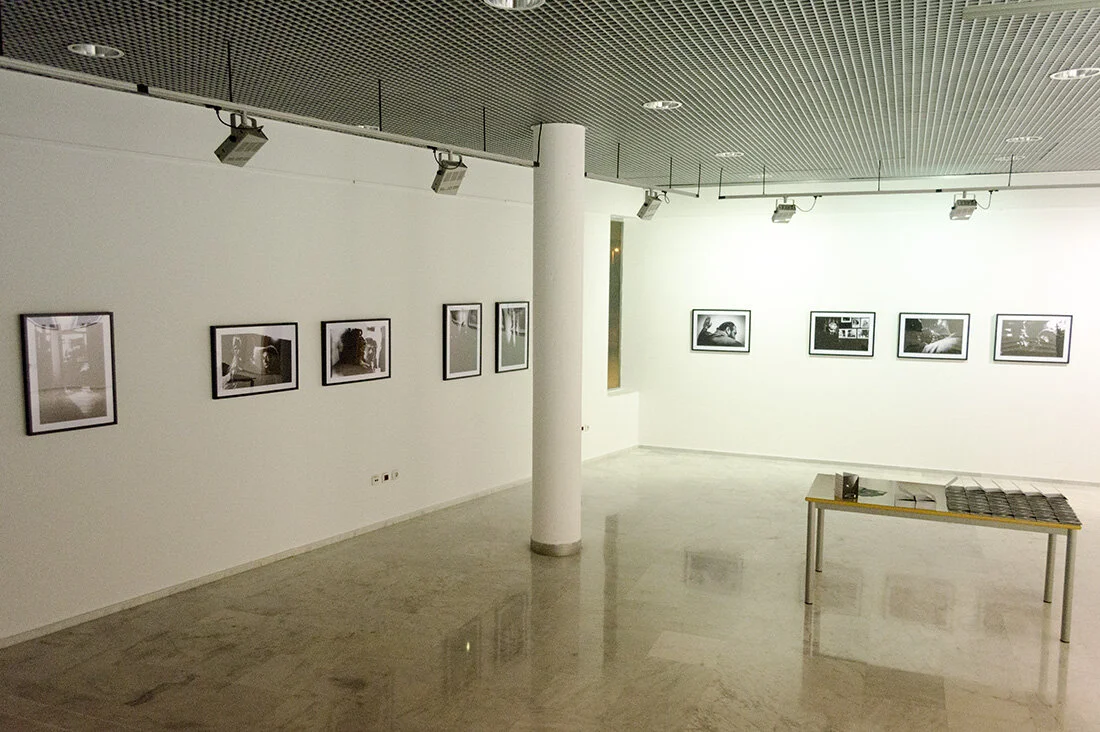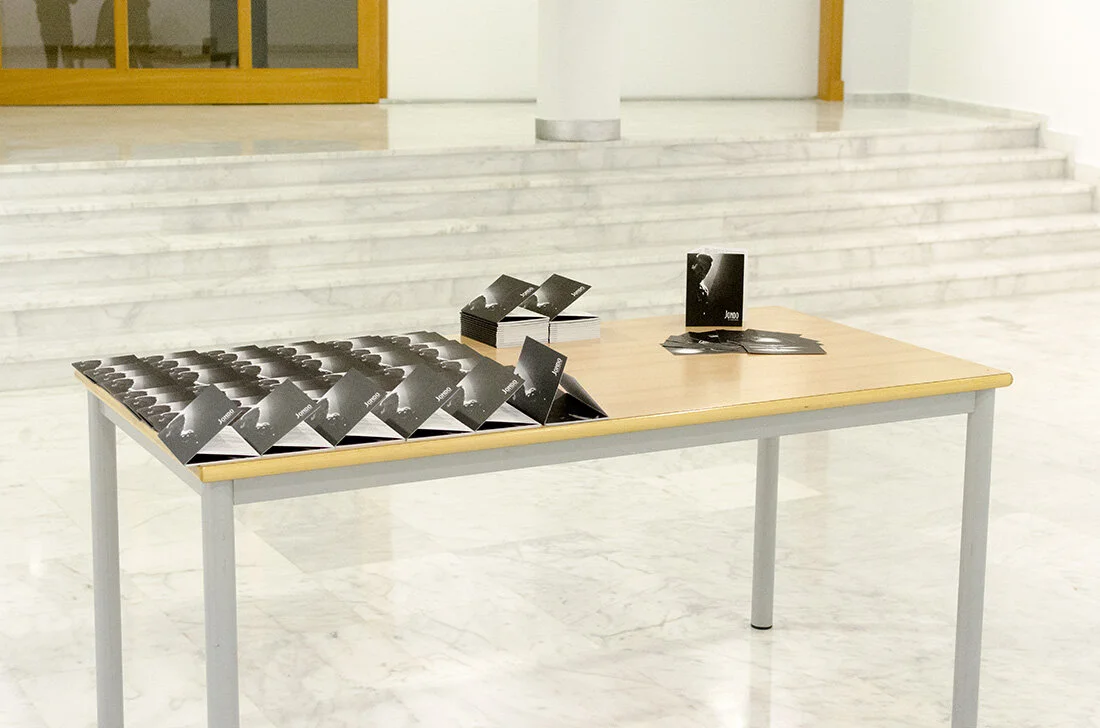Street photos taken during a short visit to the city in 2018.
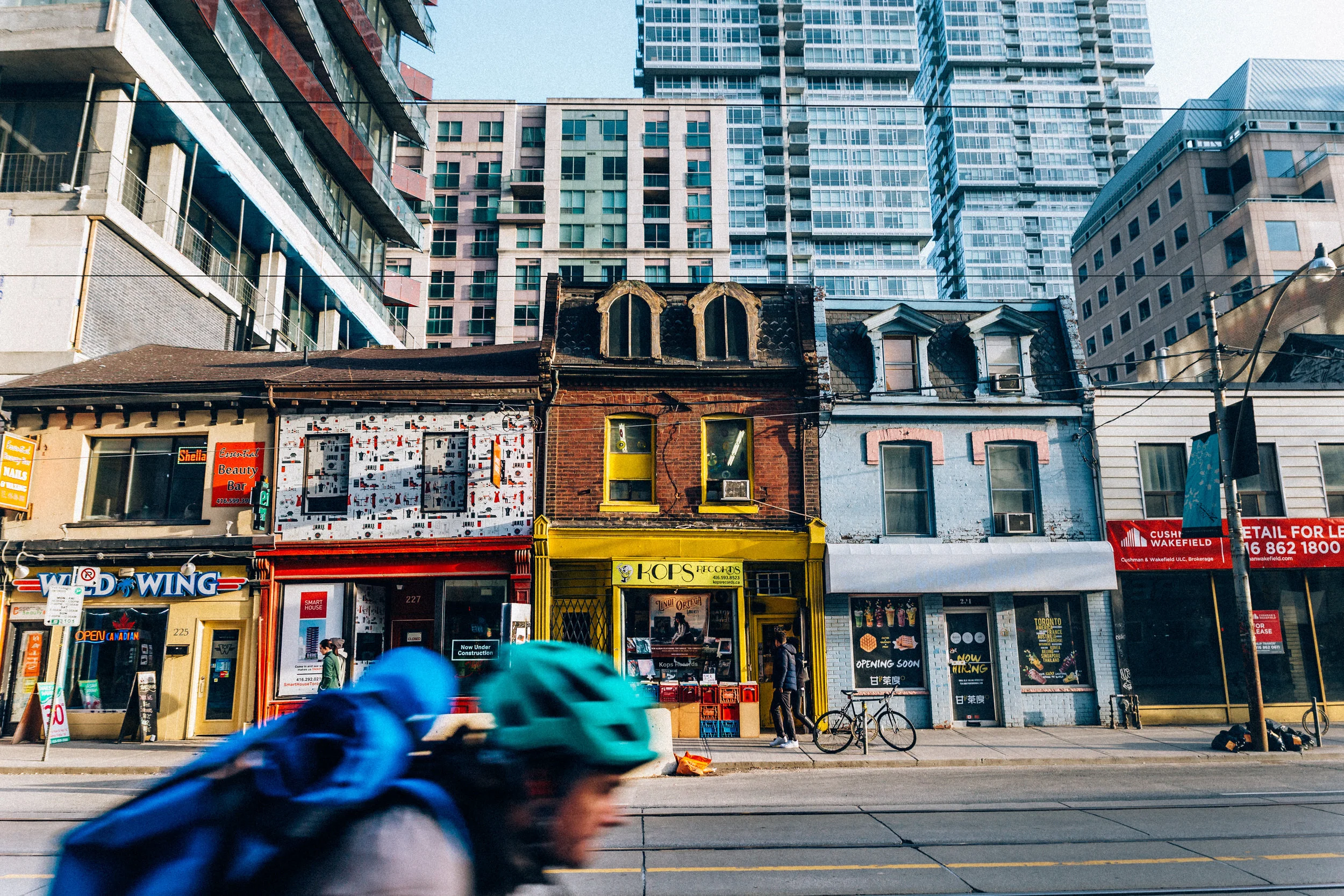
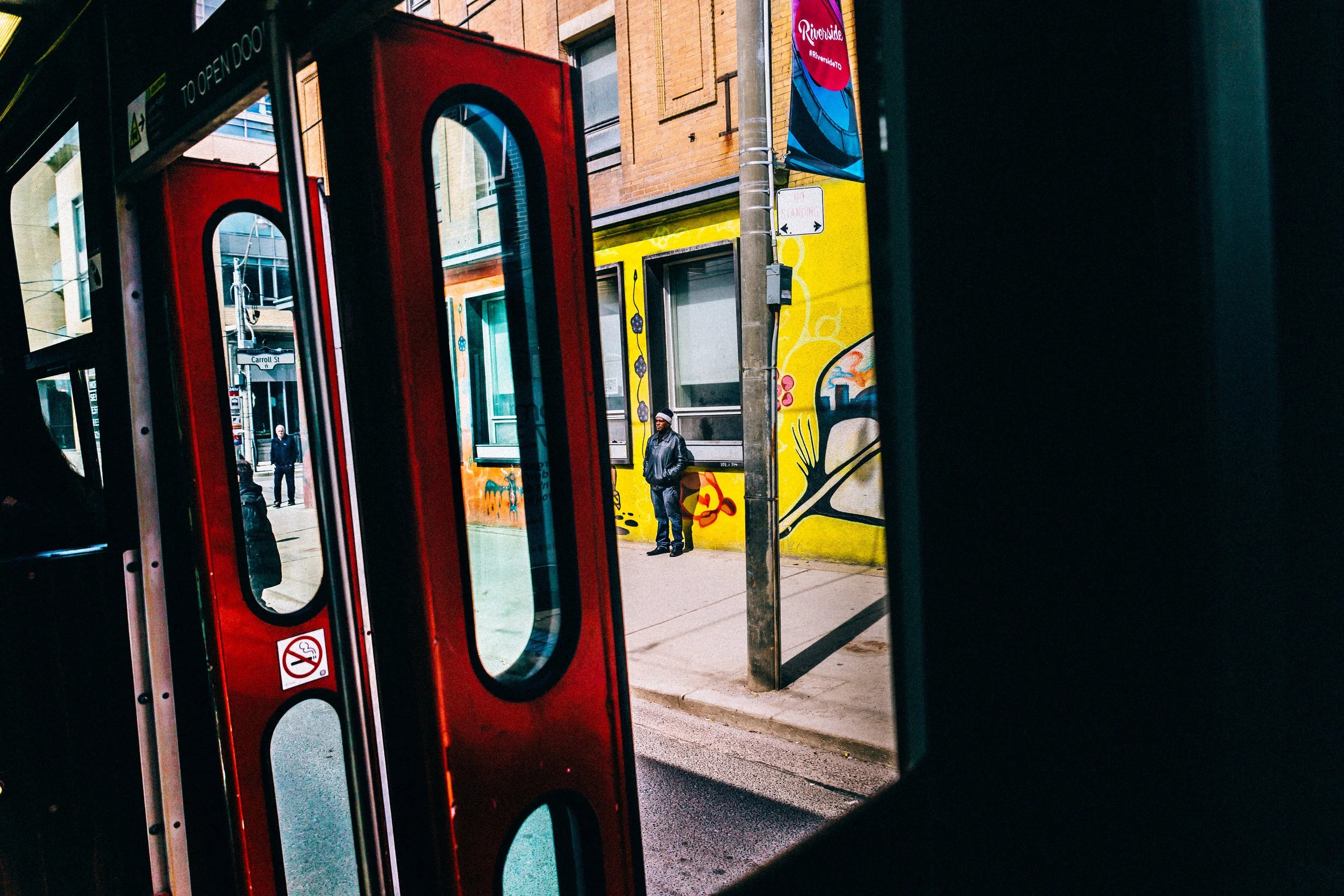
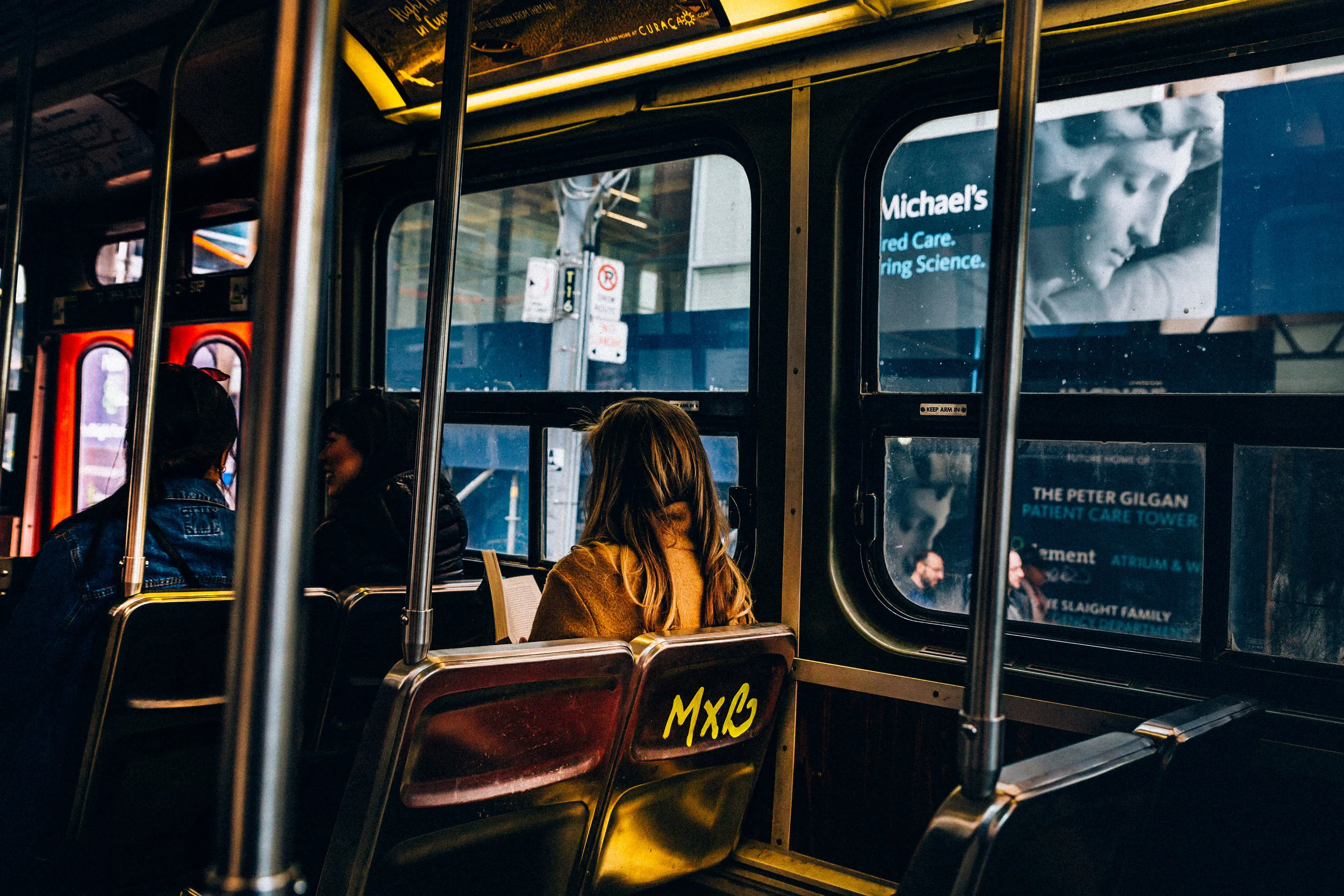
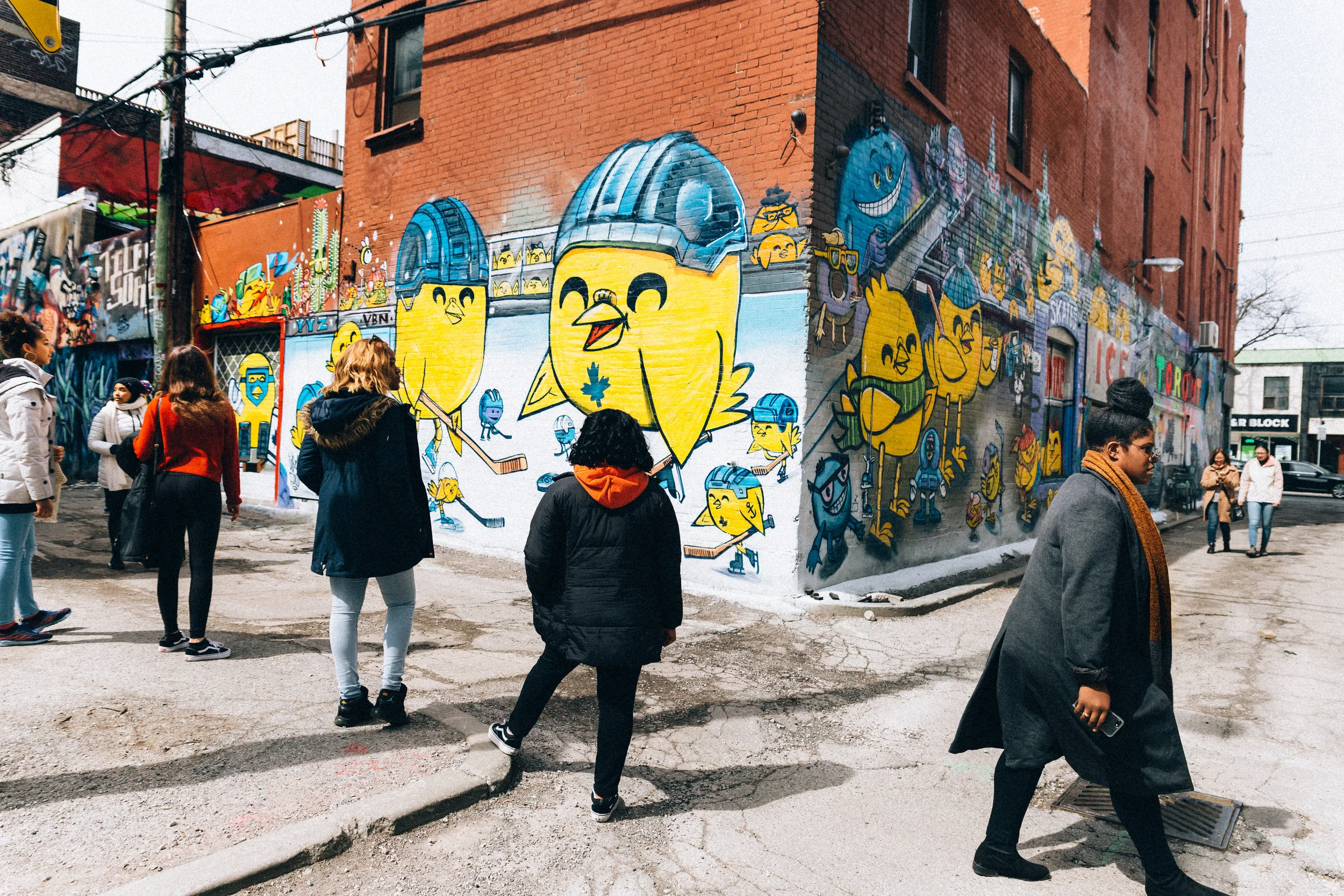
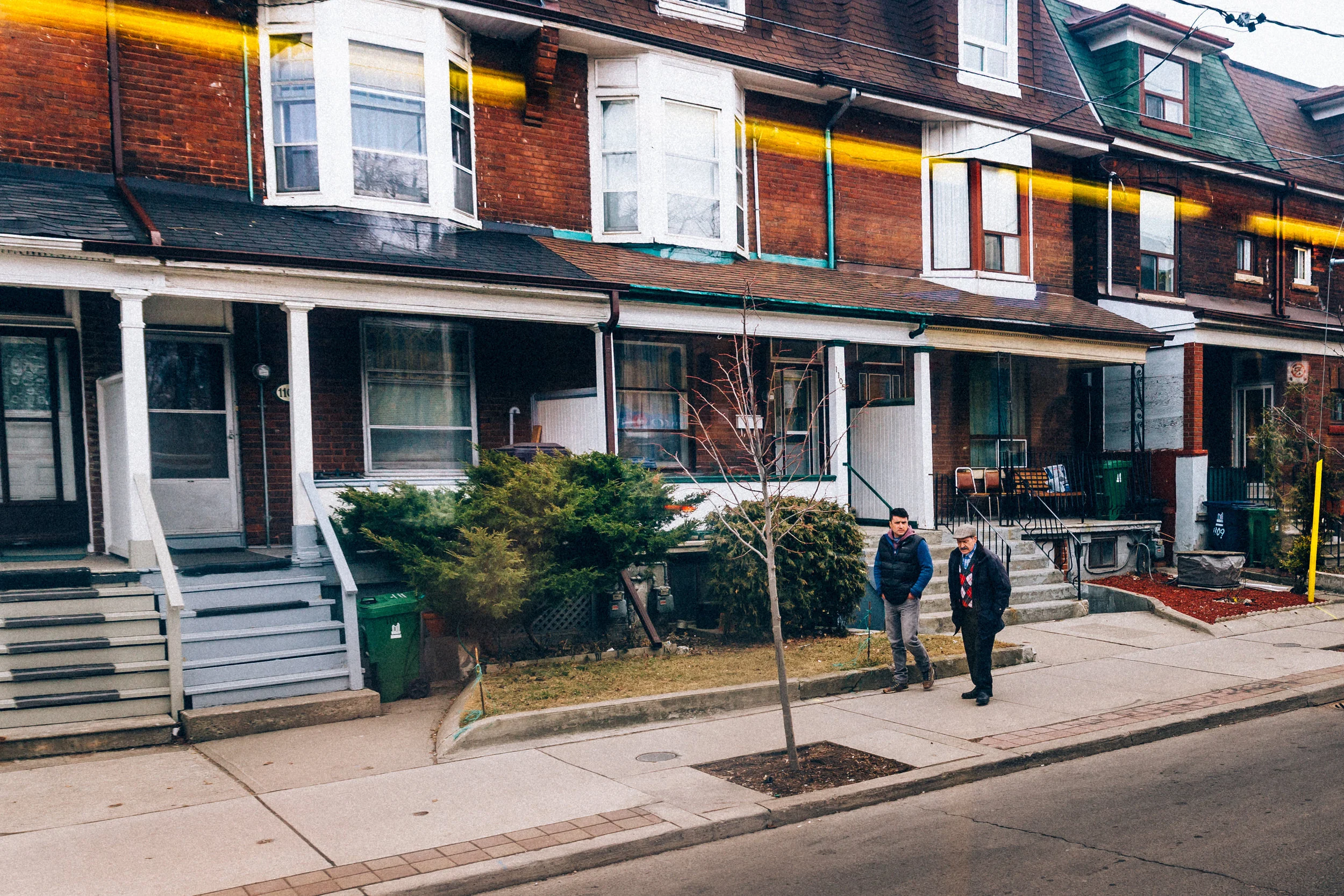
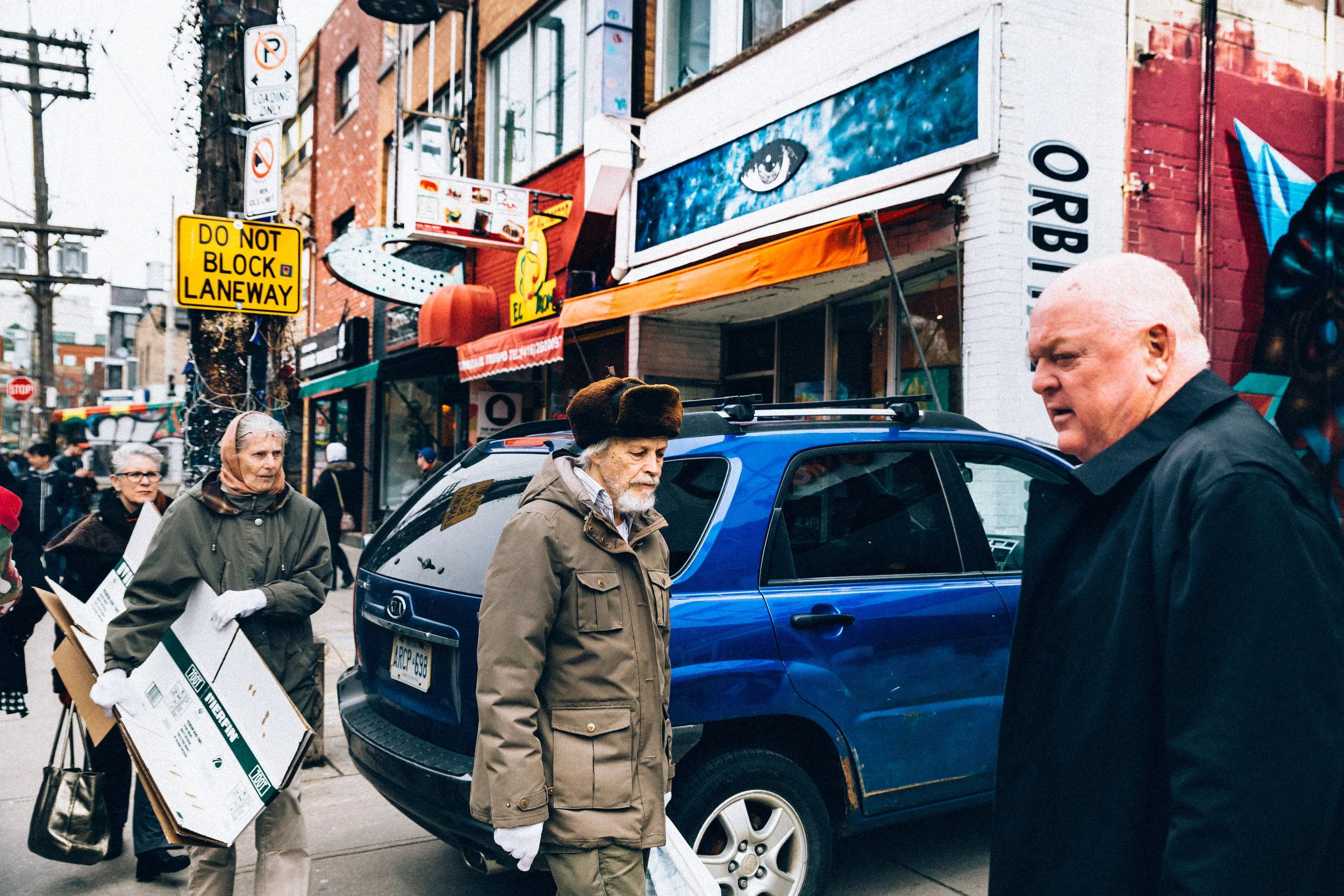
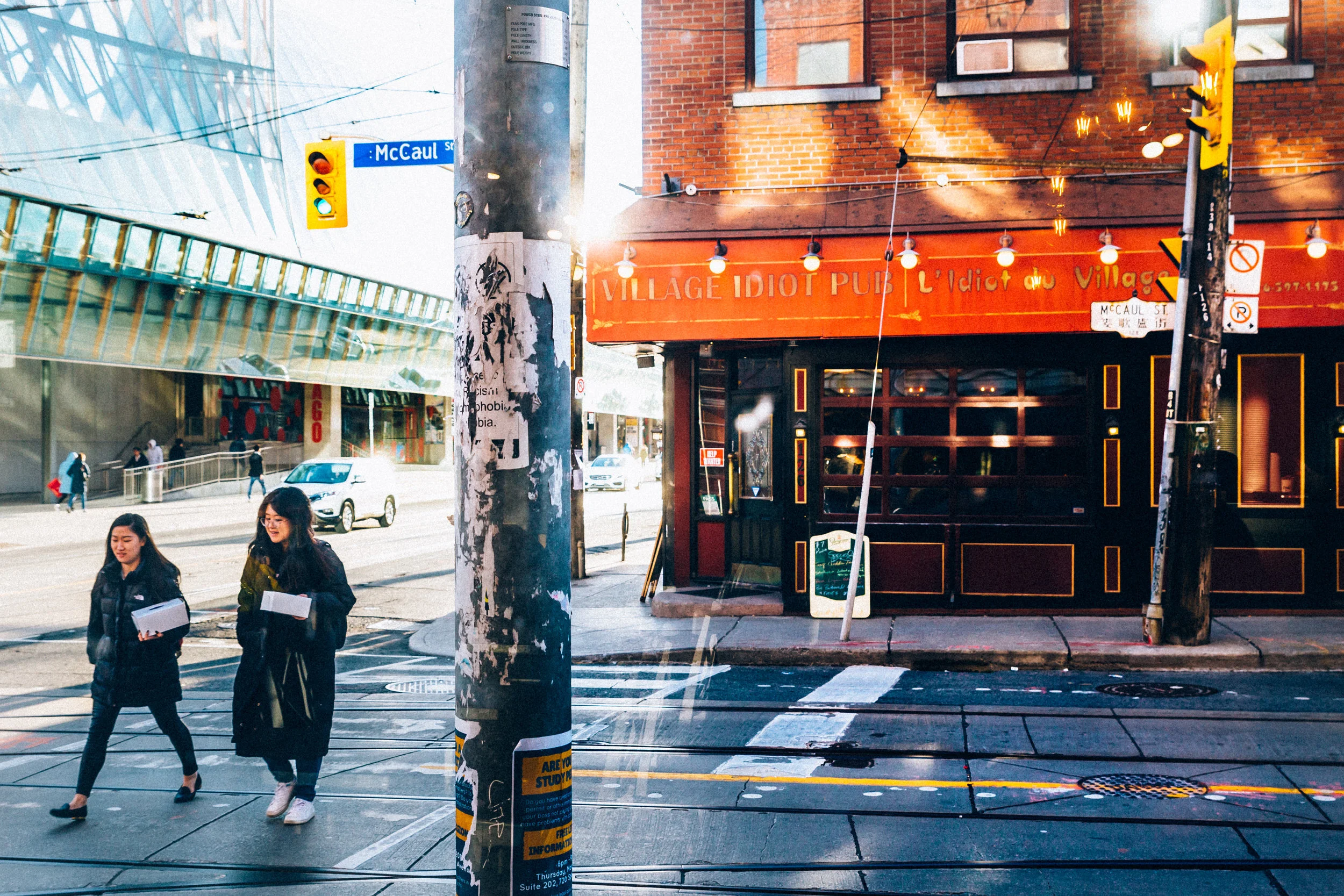
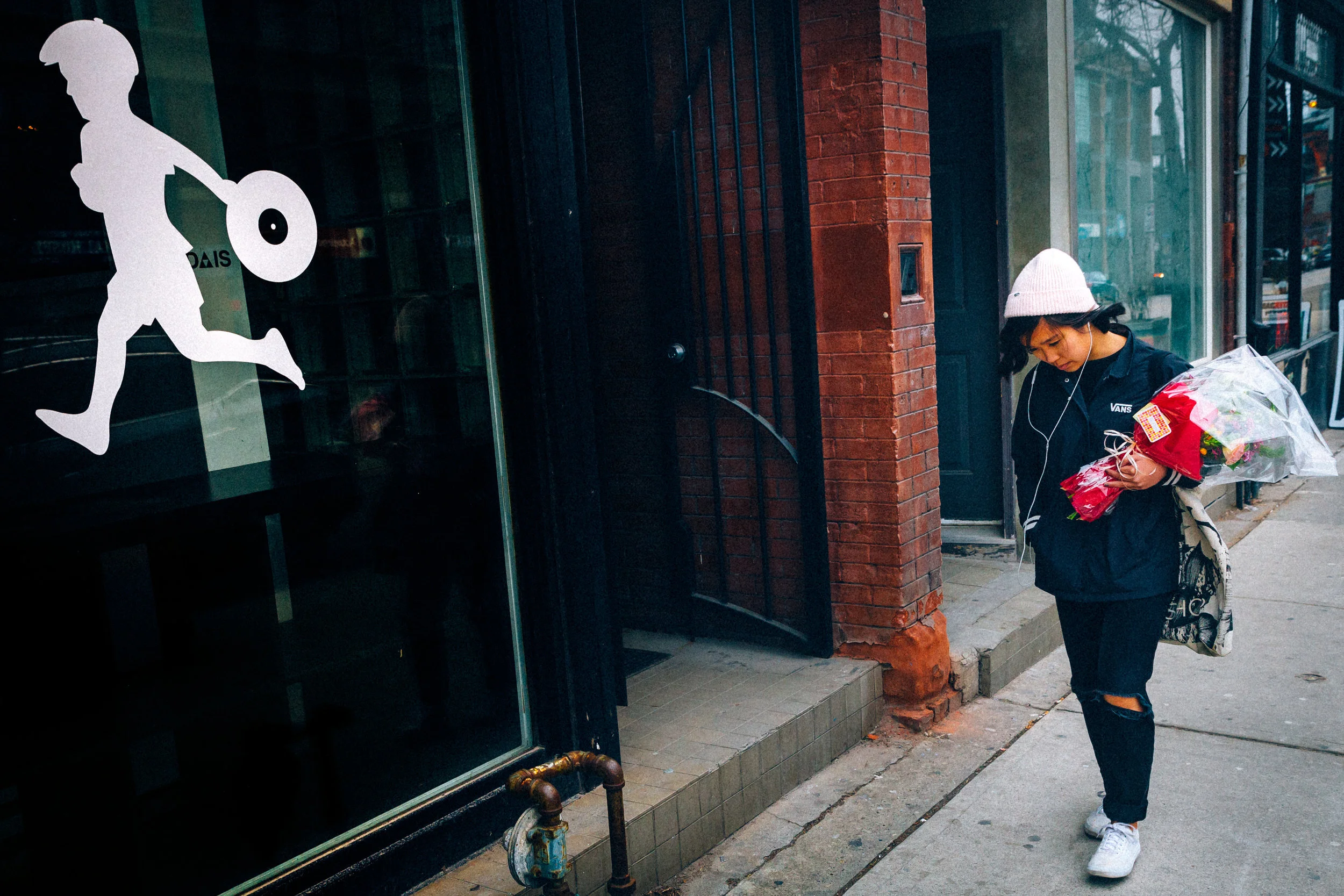
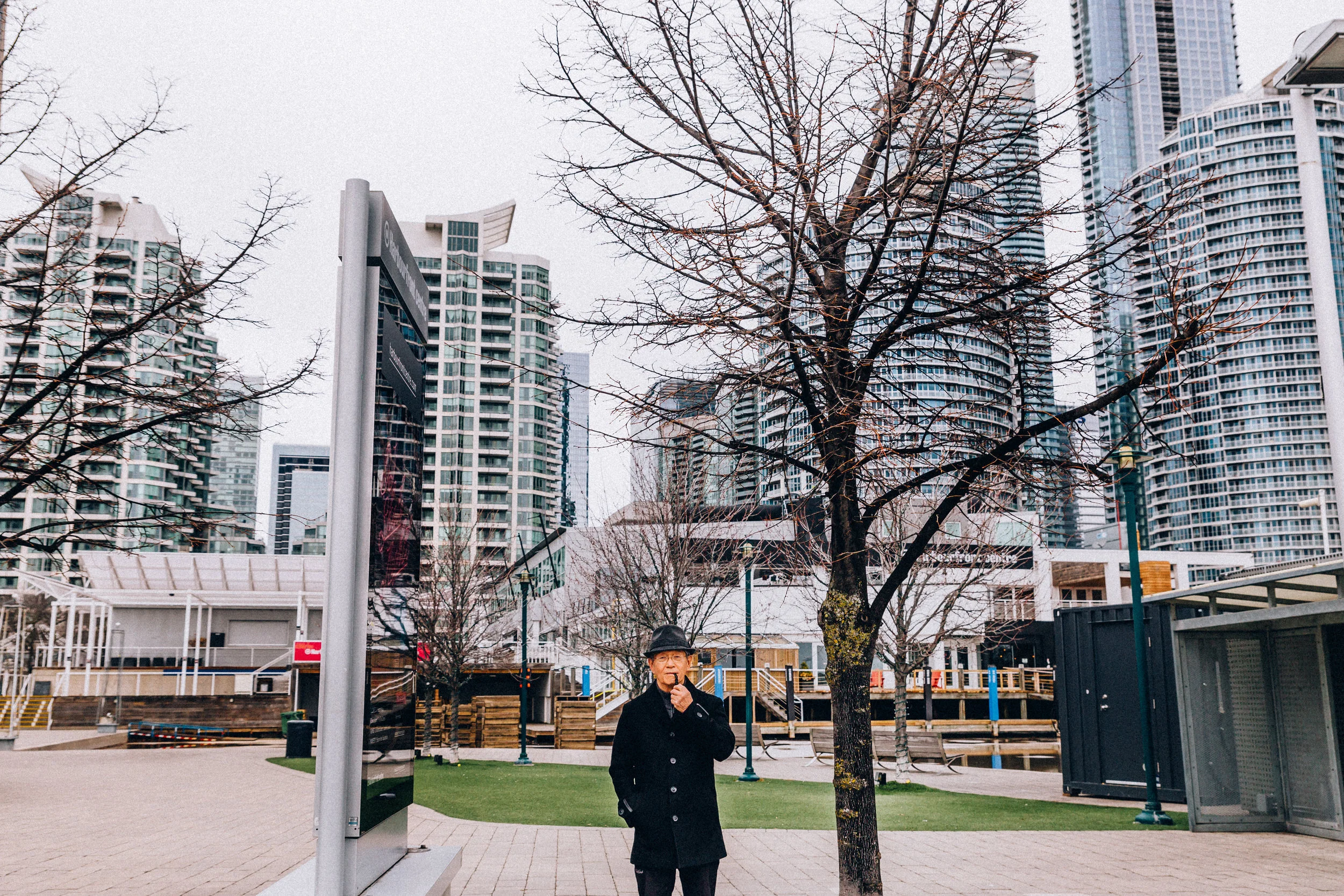
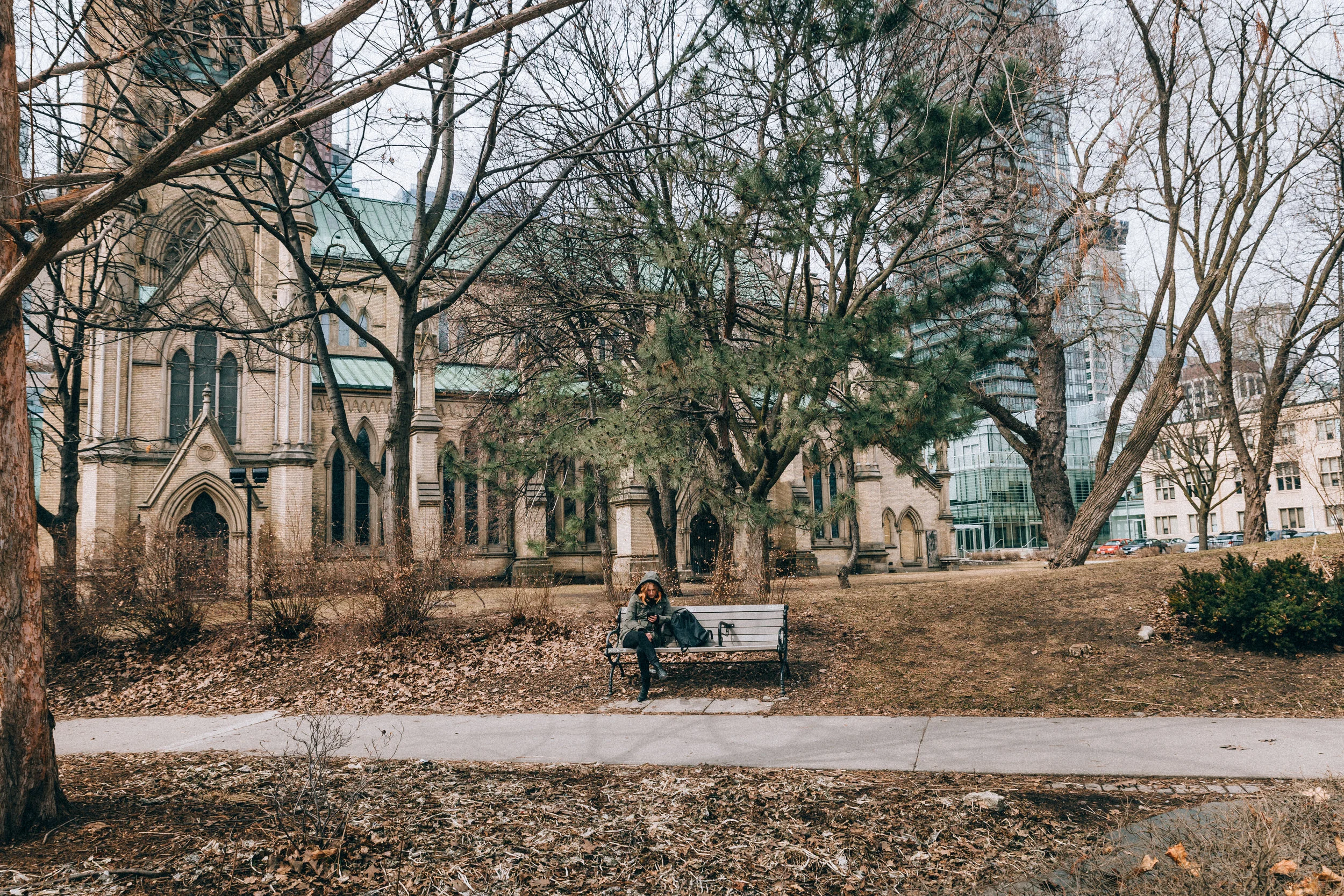
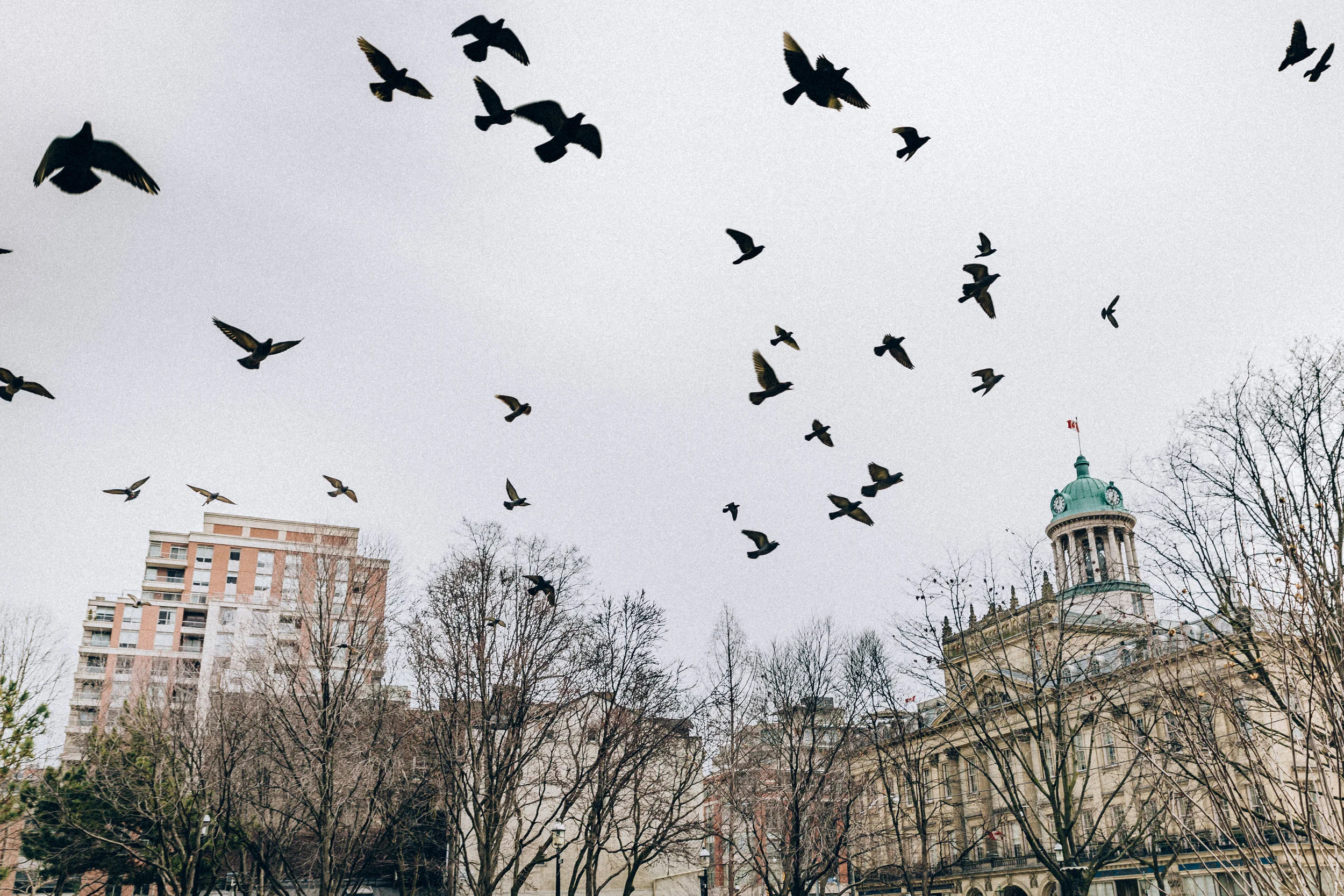
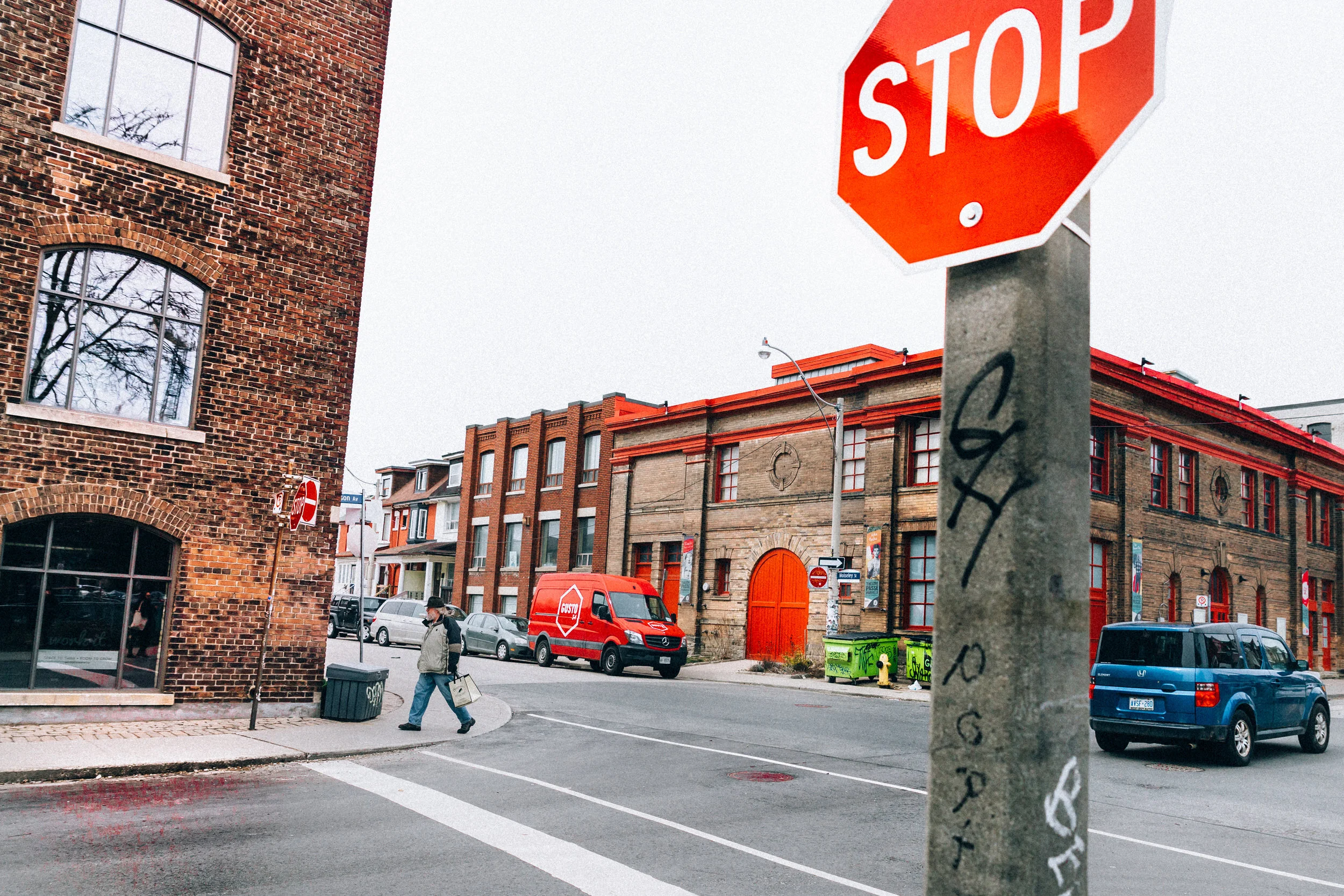
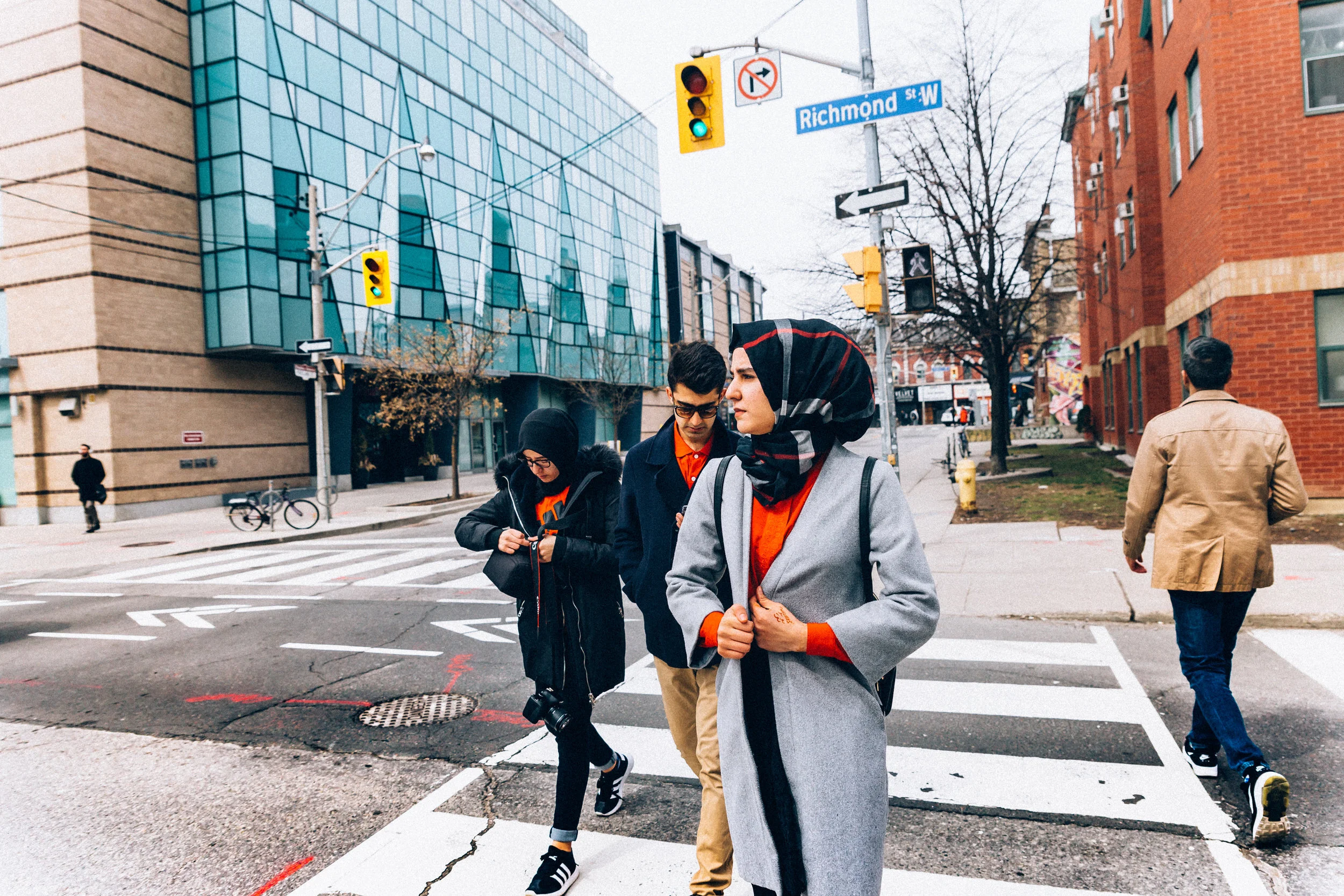
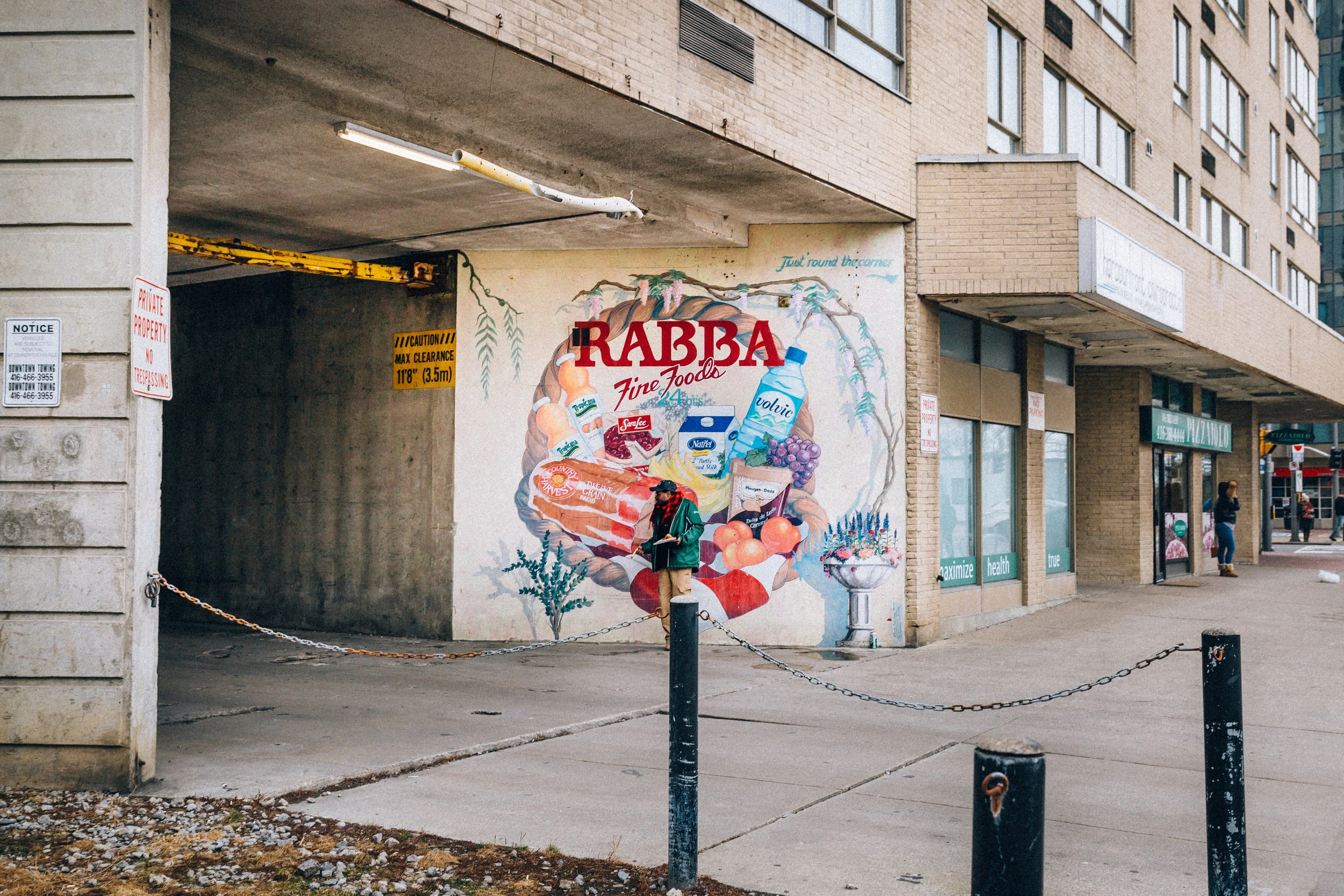
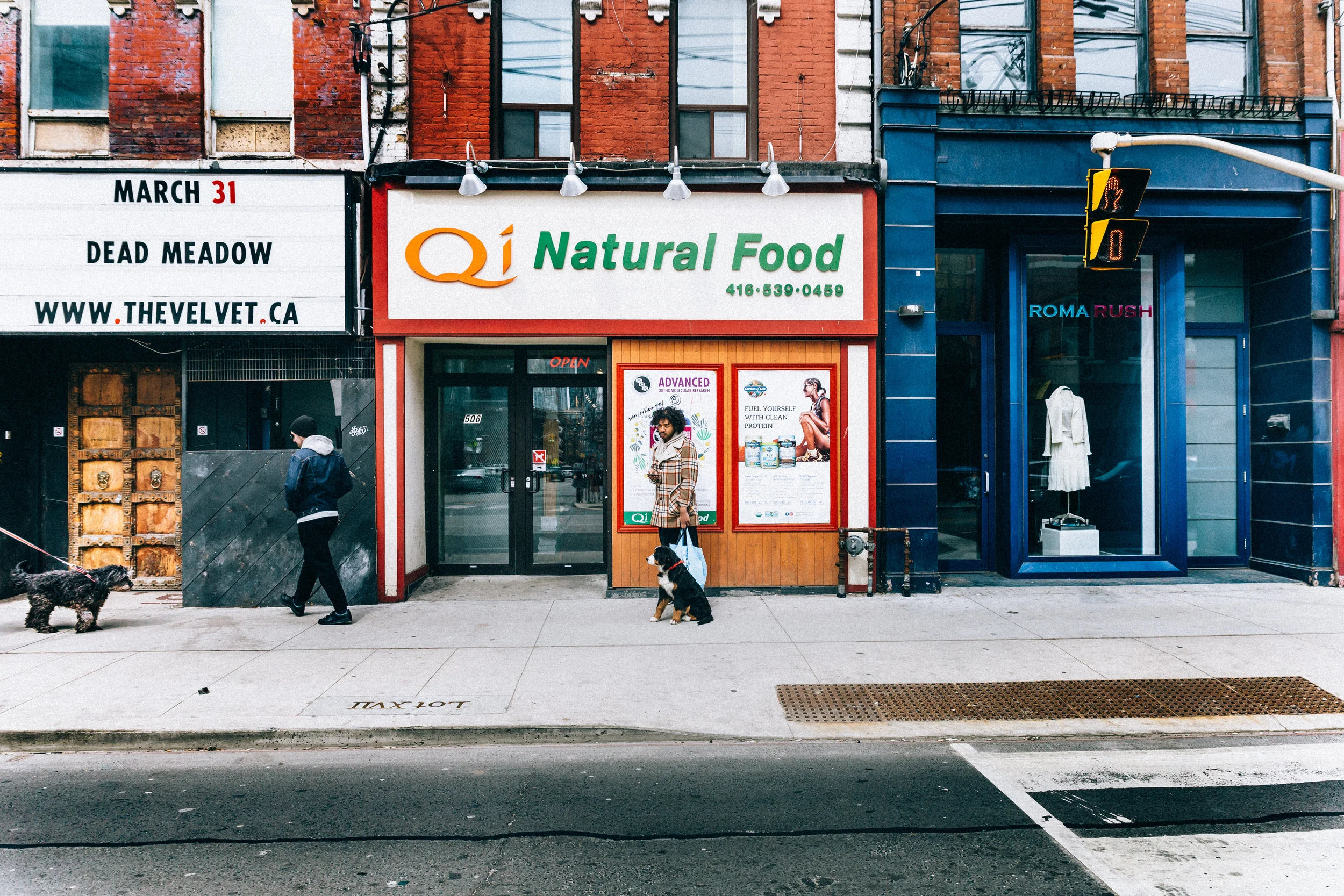
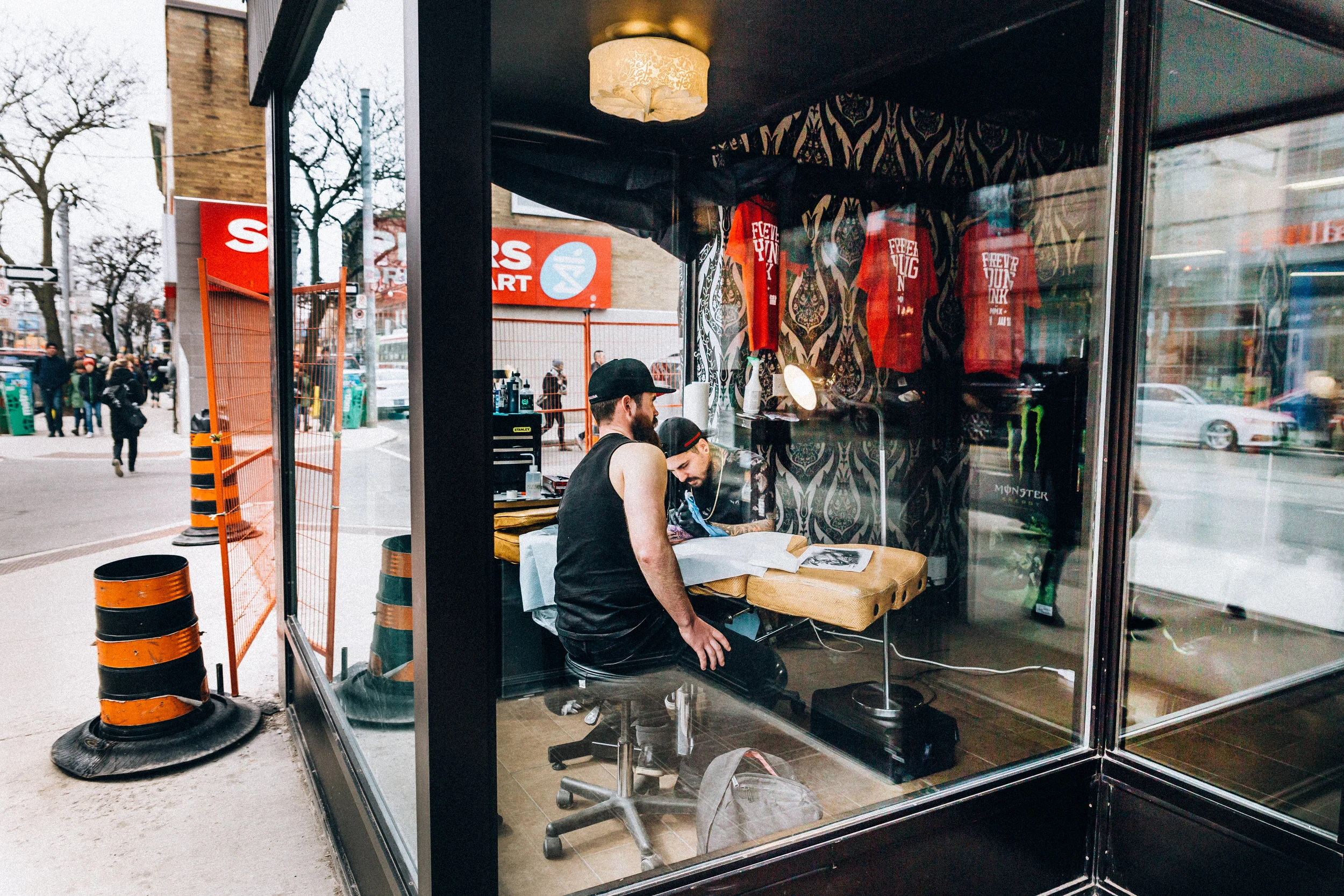
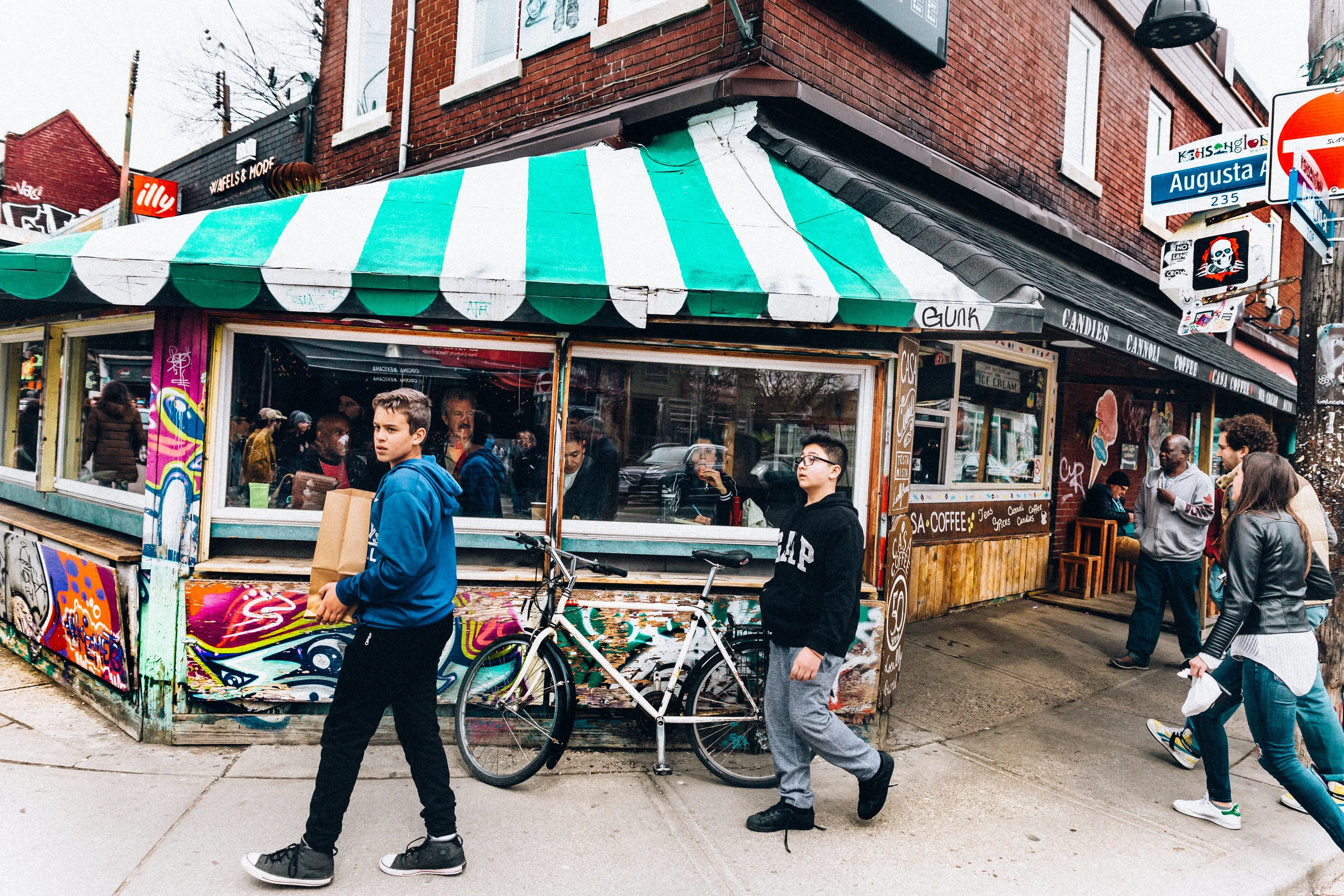
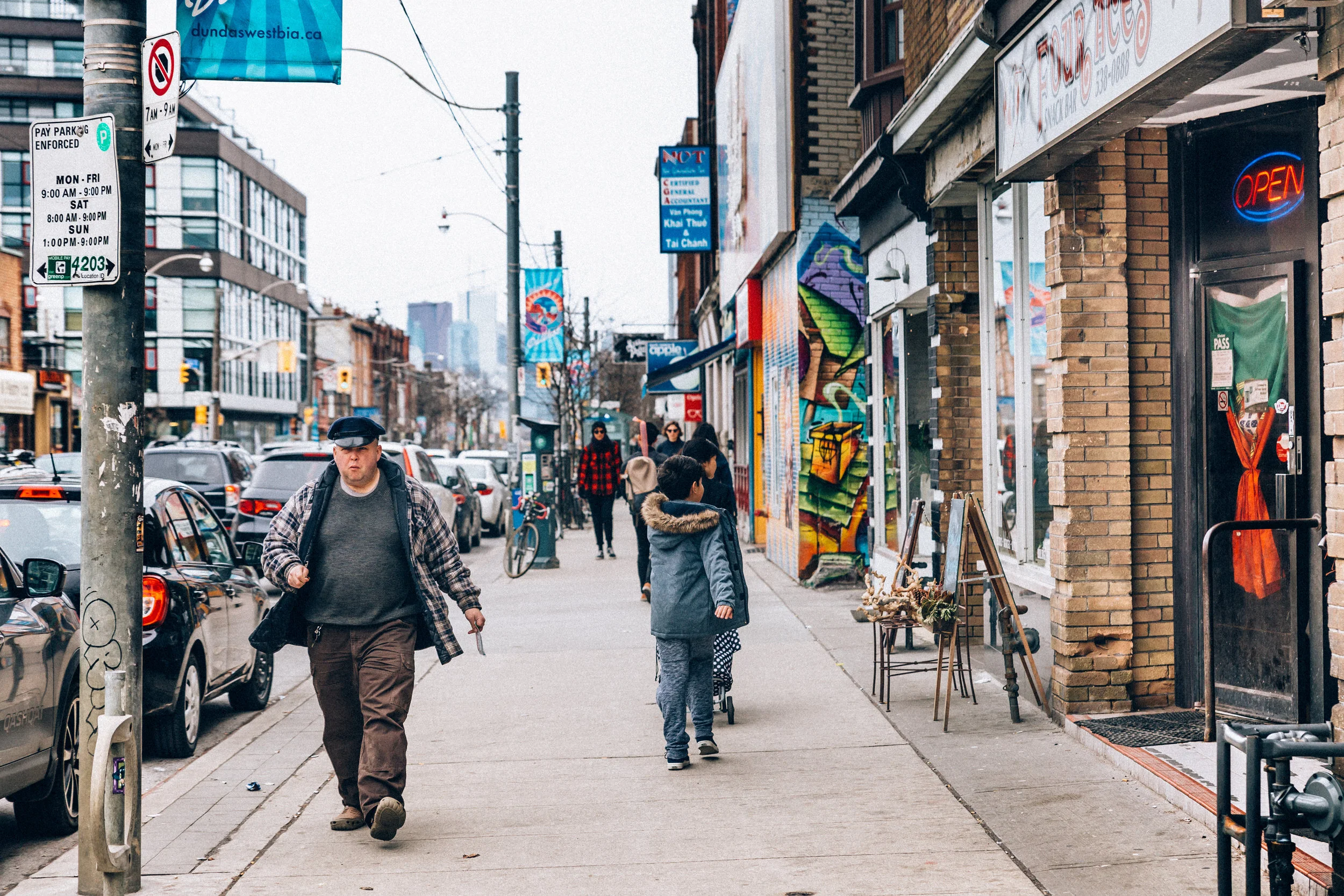
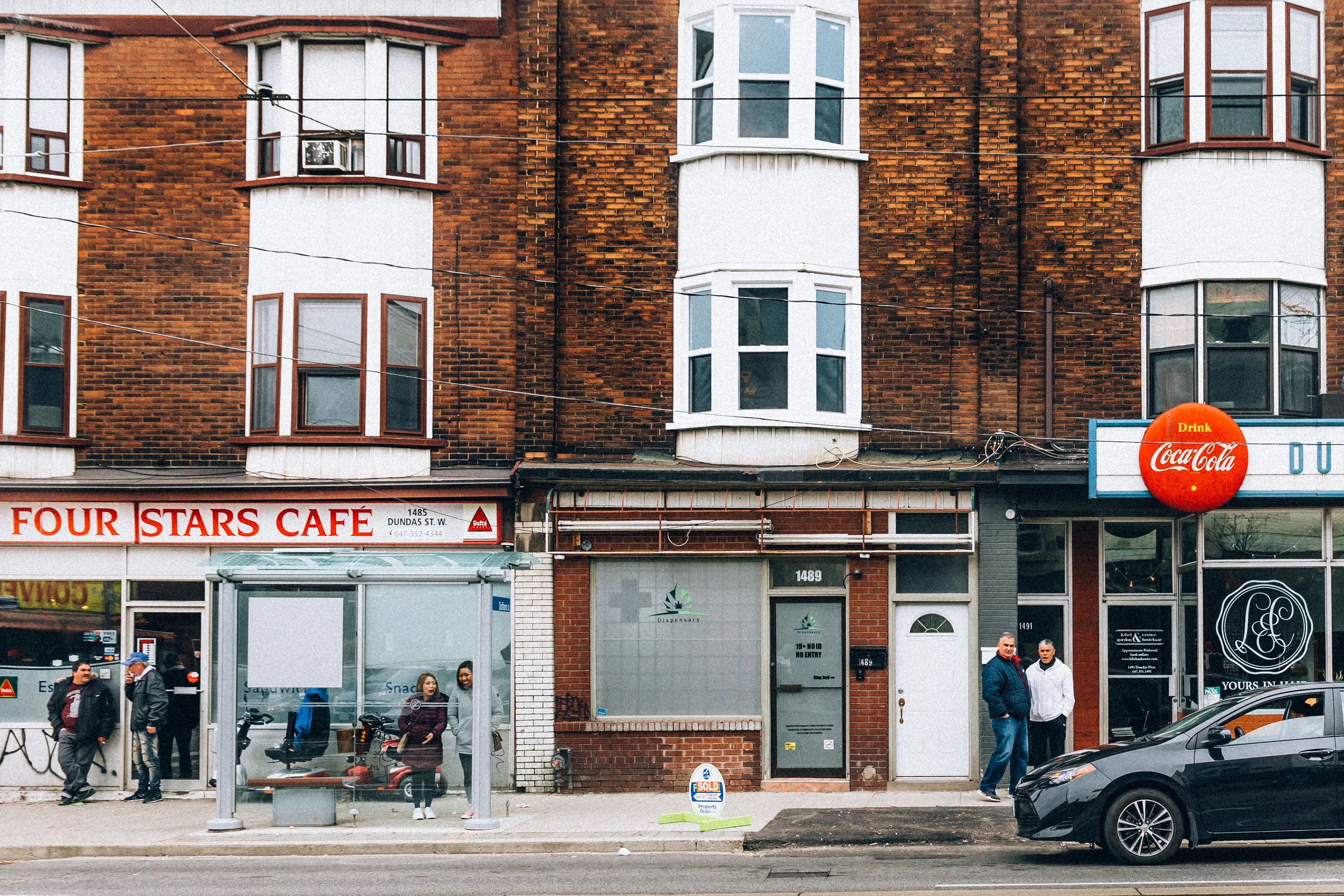
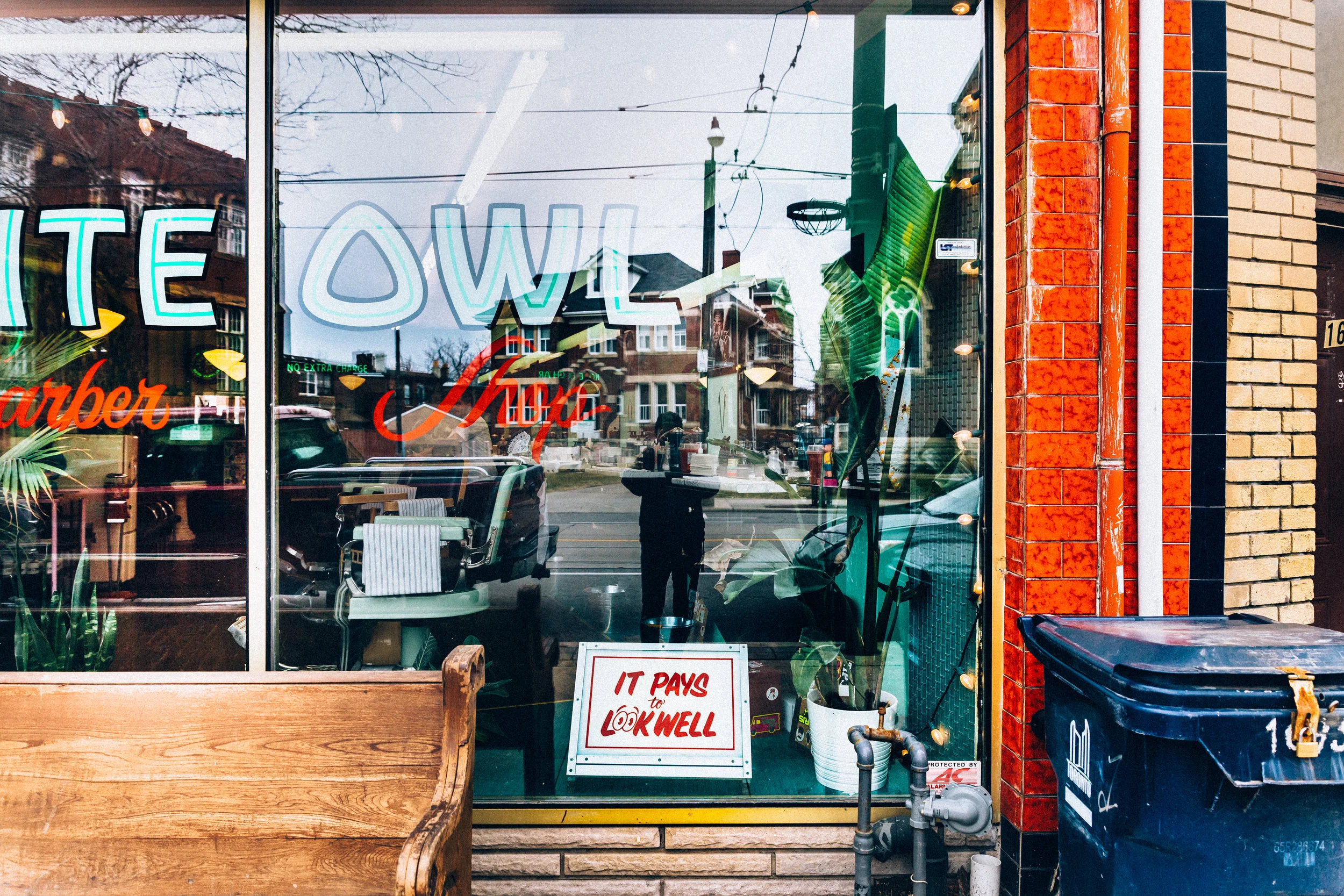
Street photos taken during a short visit to the city in 2018.




















Cádiz BW is a collection of pictures taken around the province of Cádiz, Spain. The area, known as one of the most vibrant areas of Spain, is void of its most definitive quality: colour.
There is a special serenity that reigns in touristic areas when the summer gives turn to the autumn, and the tourists return to their homes in the neighboring cities. This is especially present in a place like Cape Cod - one that has entered our visual culture so prominently: the land of horror films, the settings for Hopper's existential paintings, and the retreats for so many presidents and America's elite.
This photo series researches the mood passing through Cape Cod in the off-season in autumn 2016, a bay that often times acts more as a representation of itself than a place of its own.
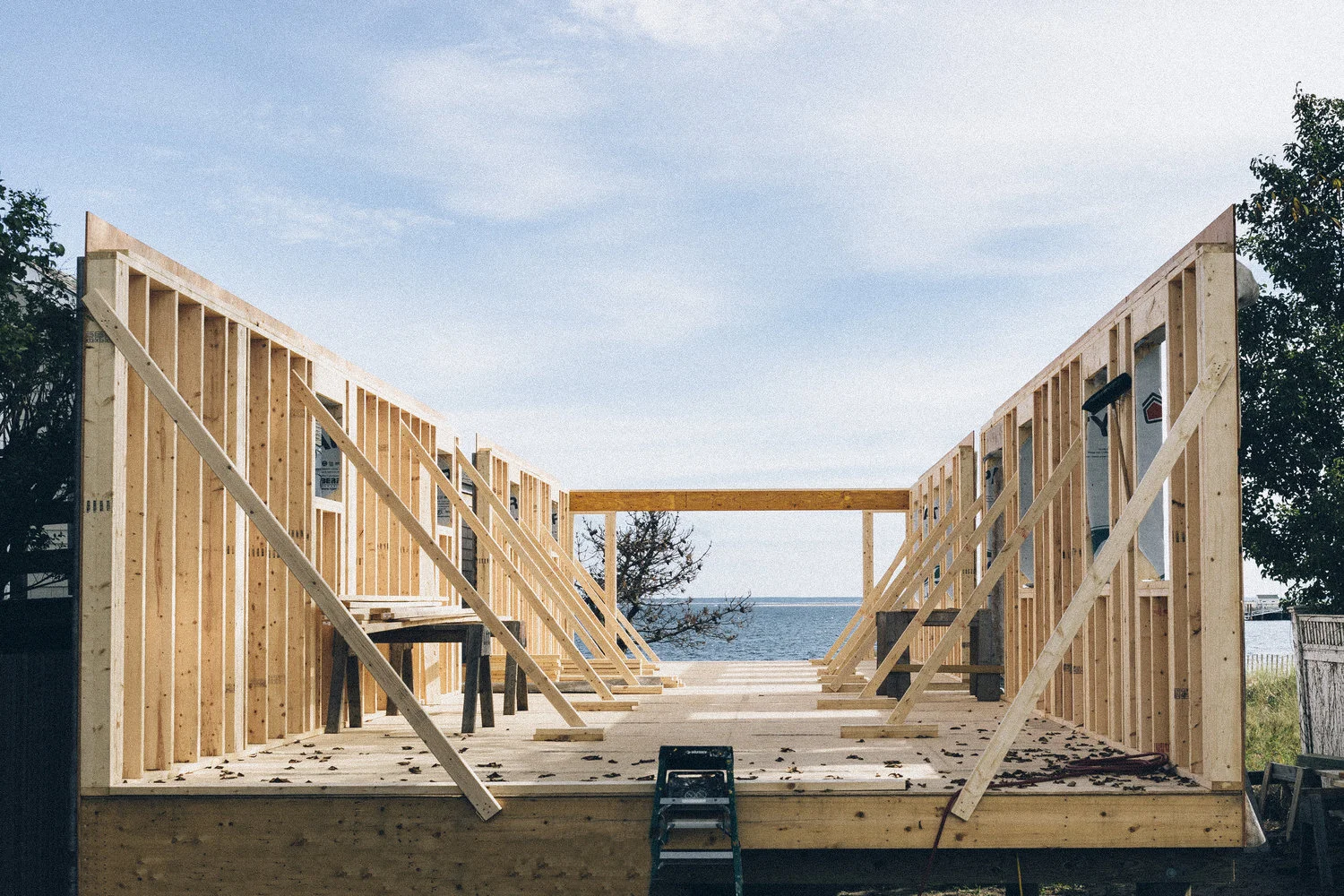
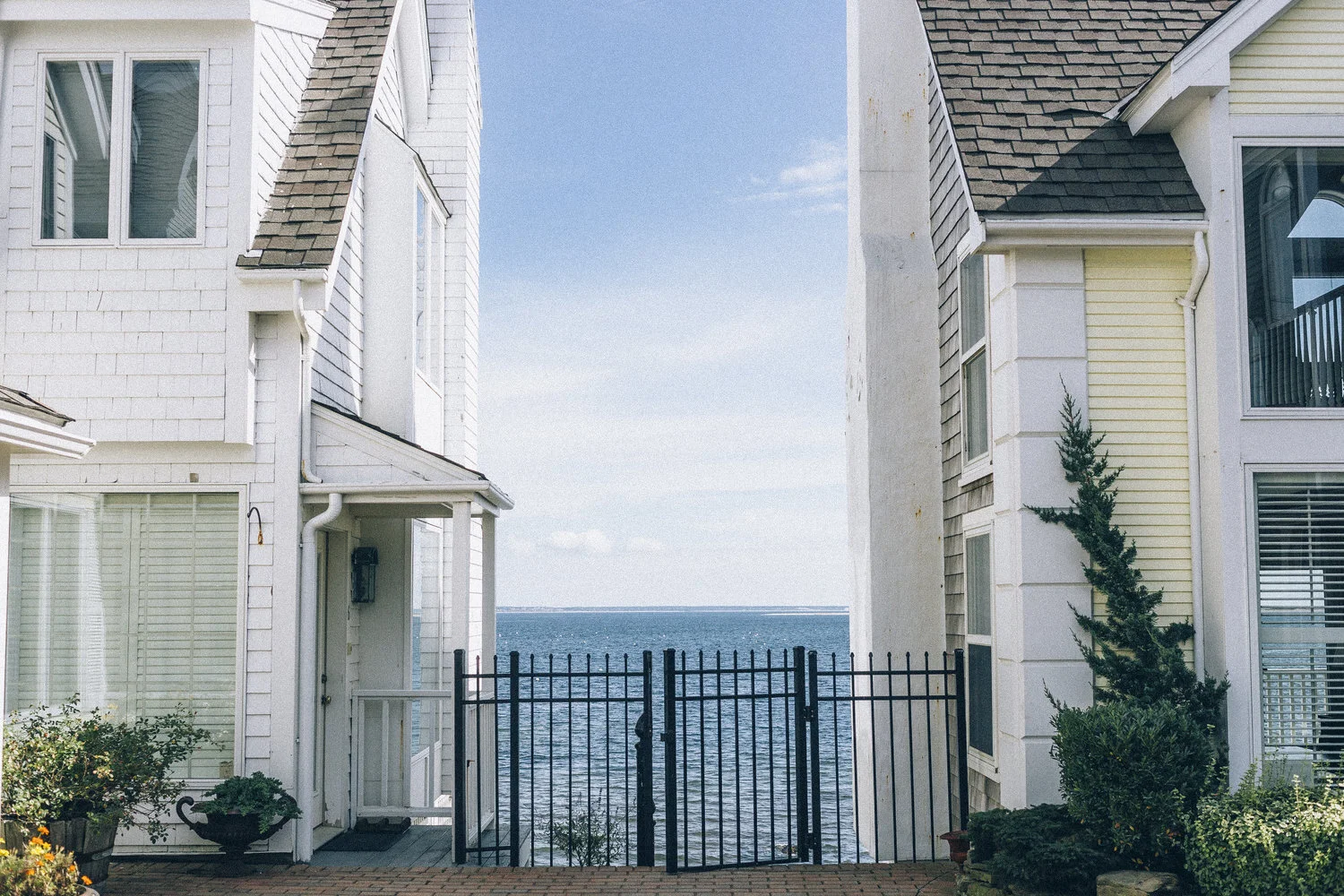
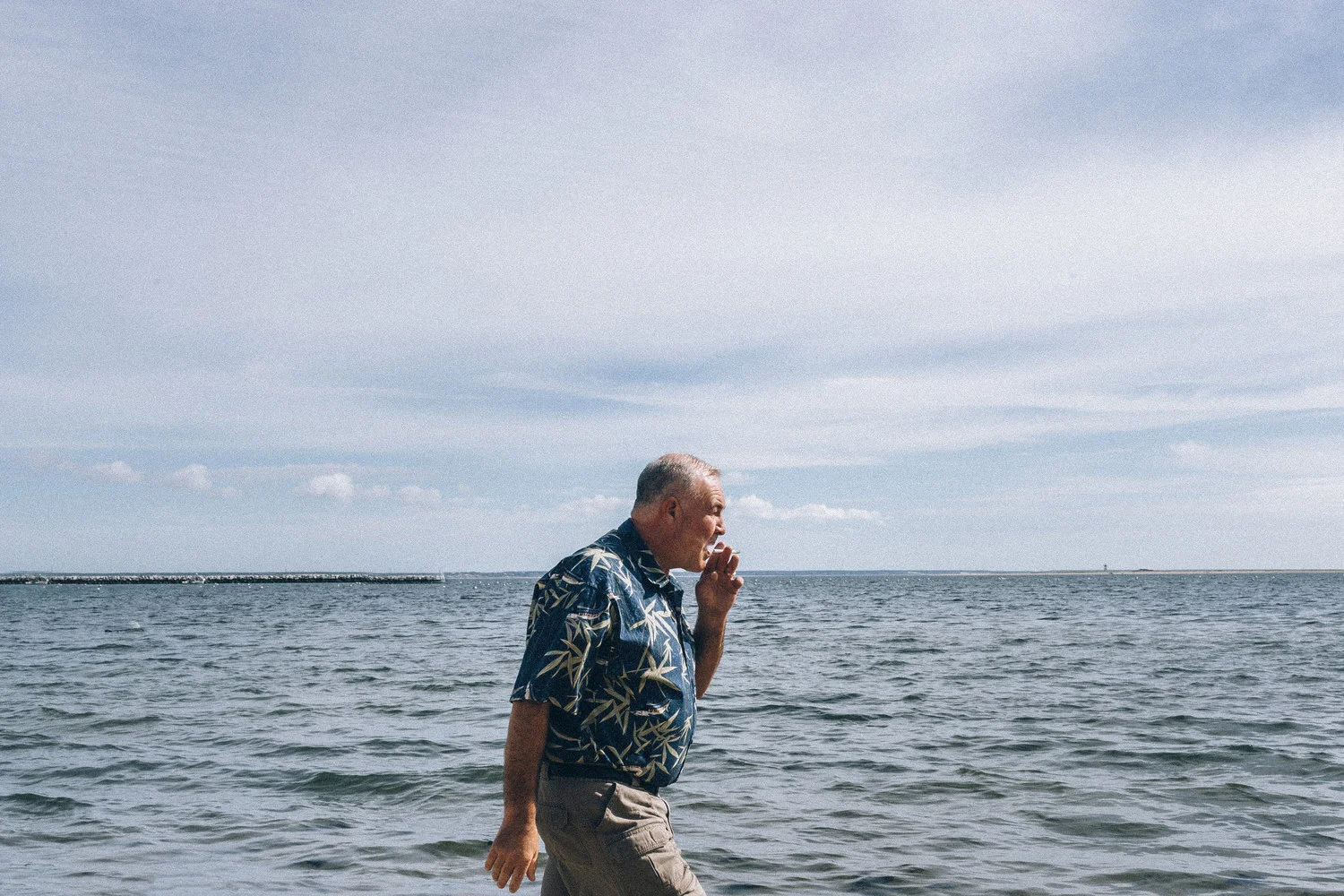
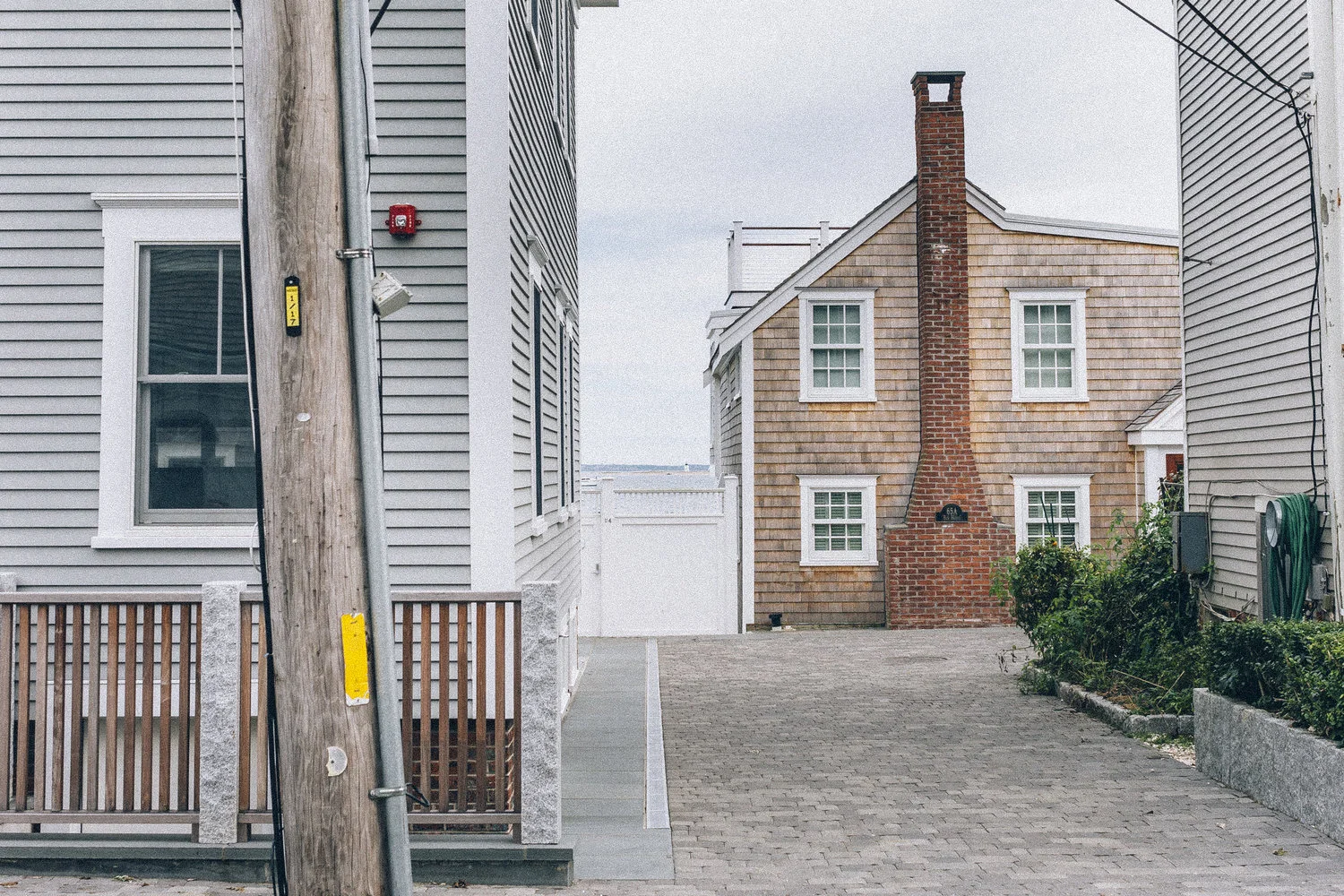
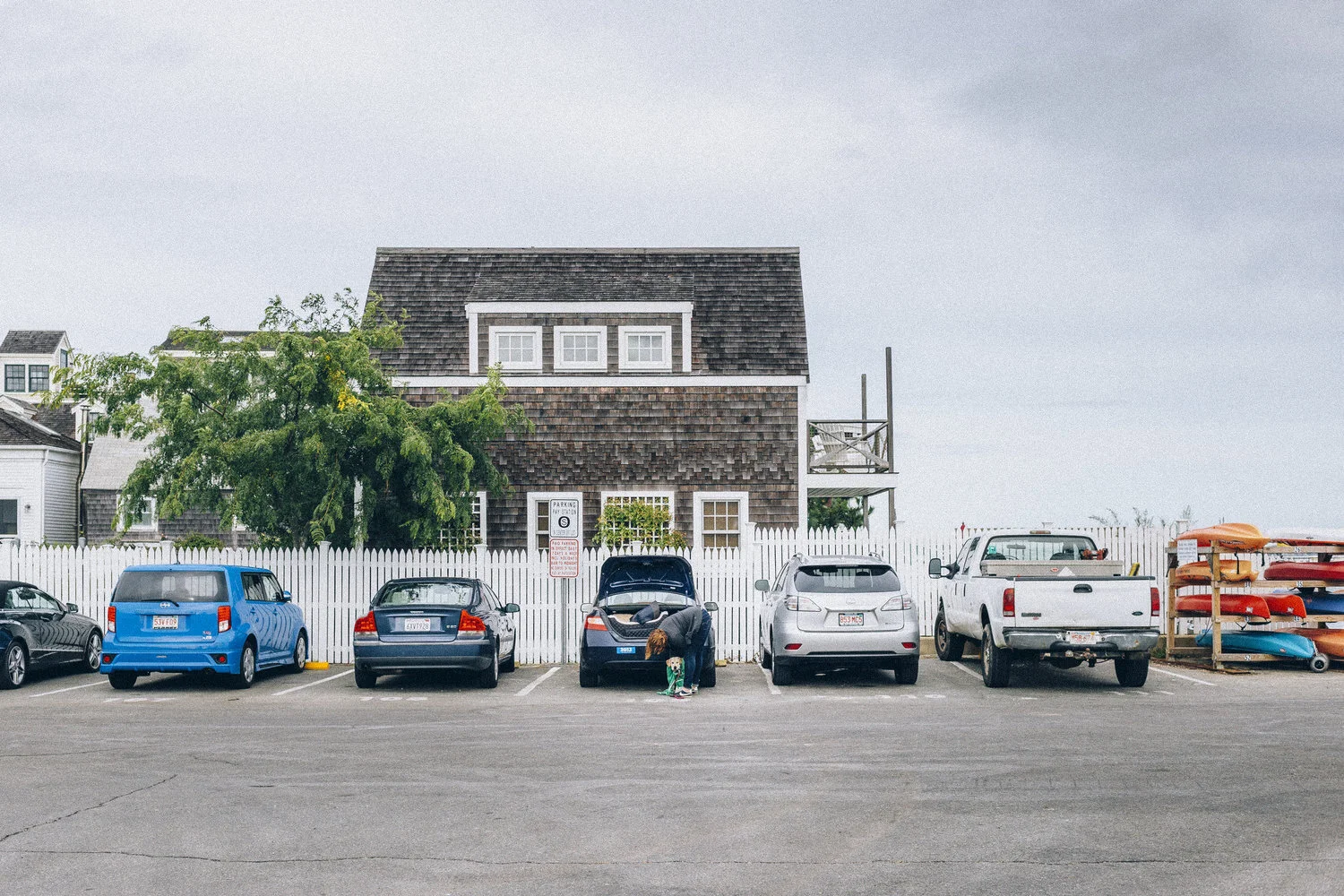
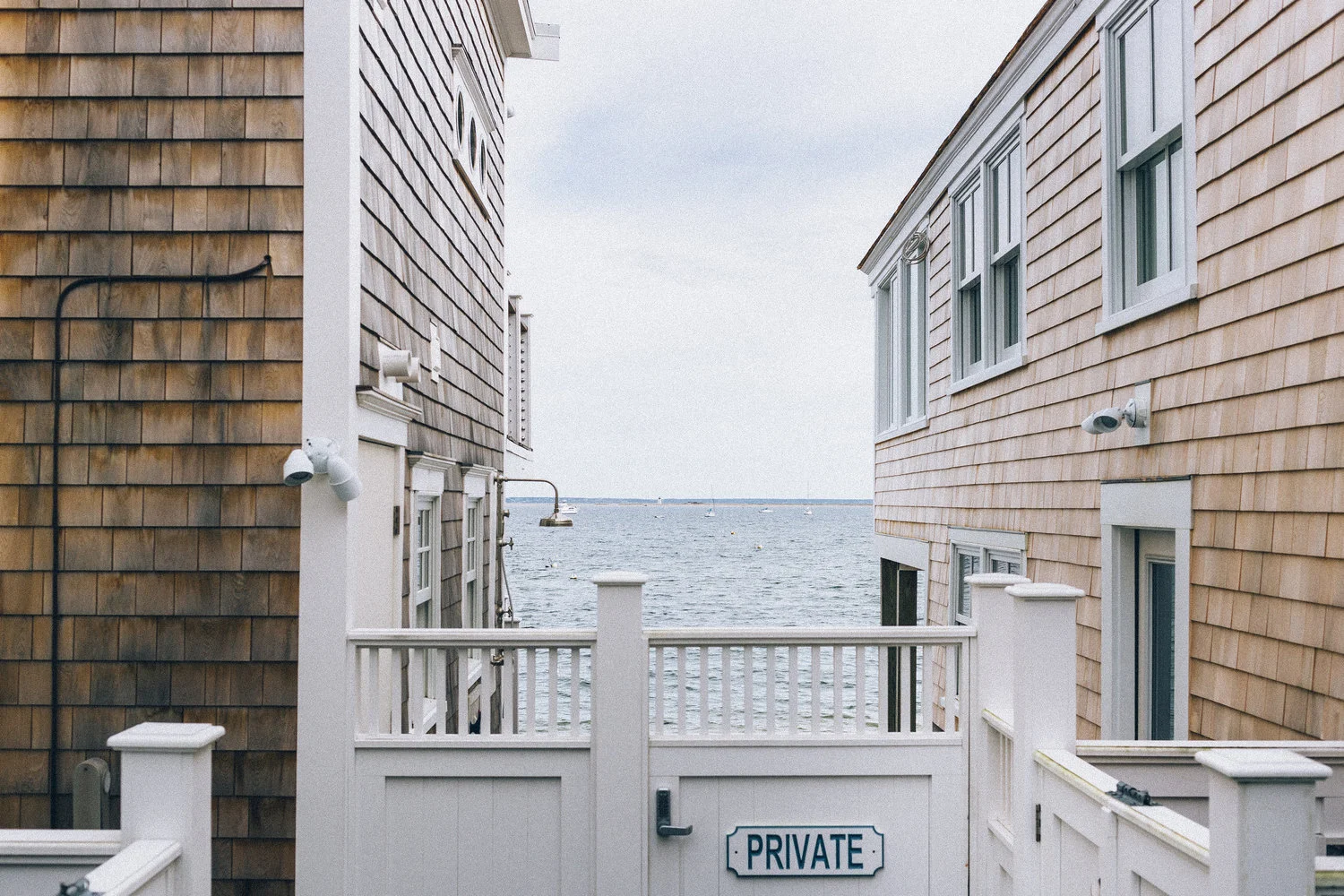
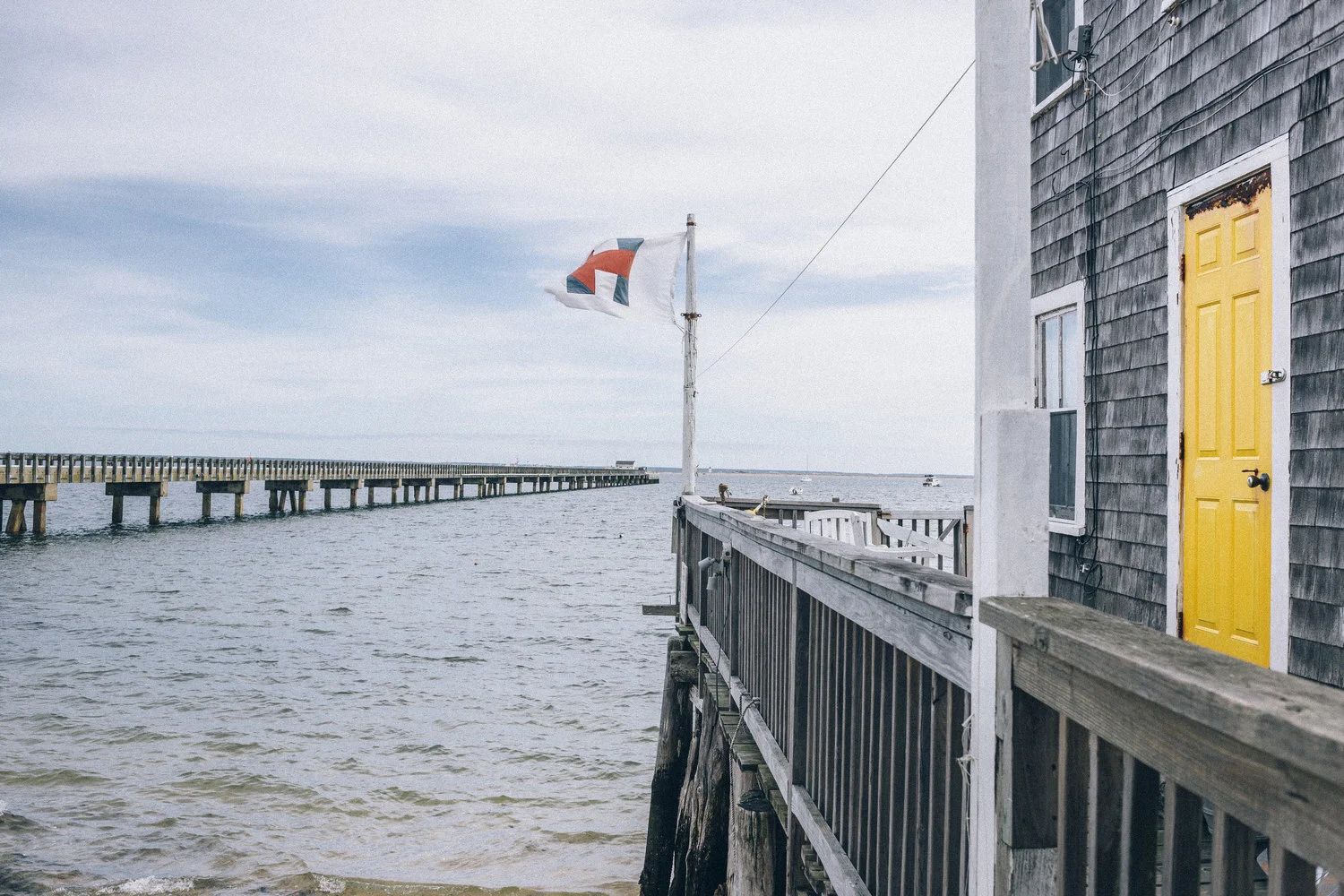
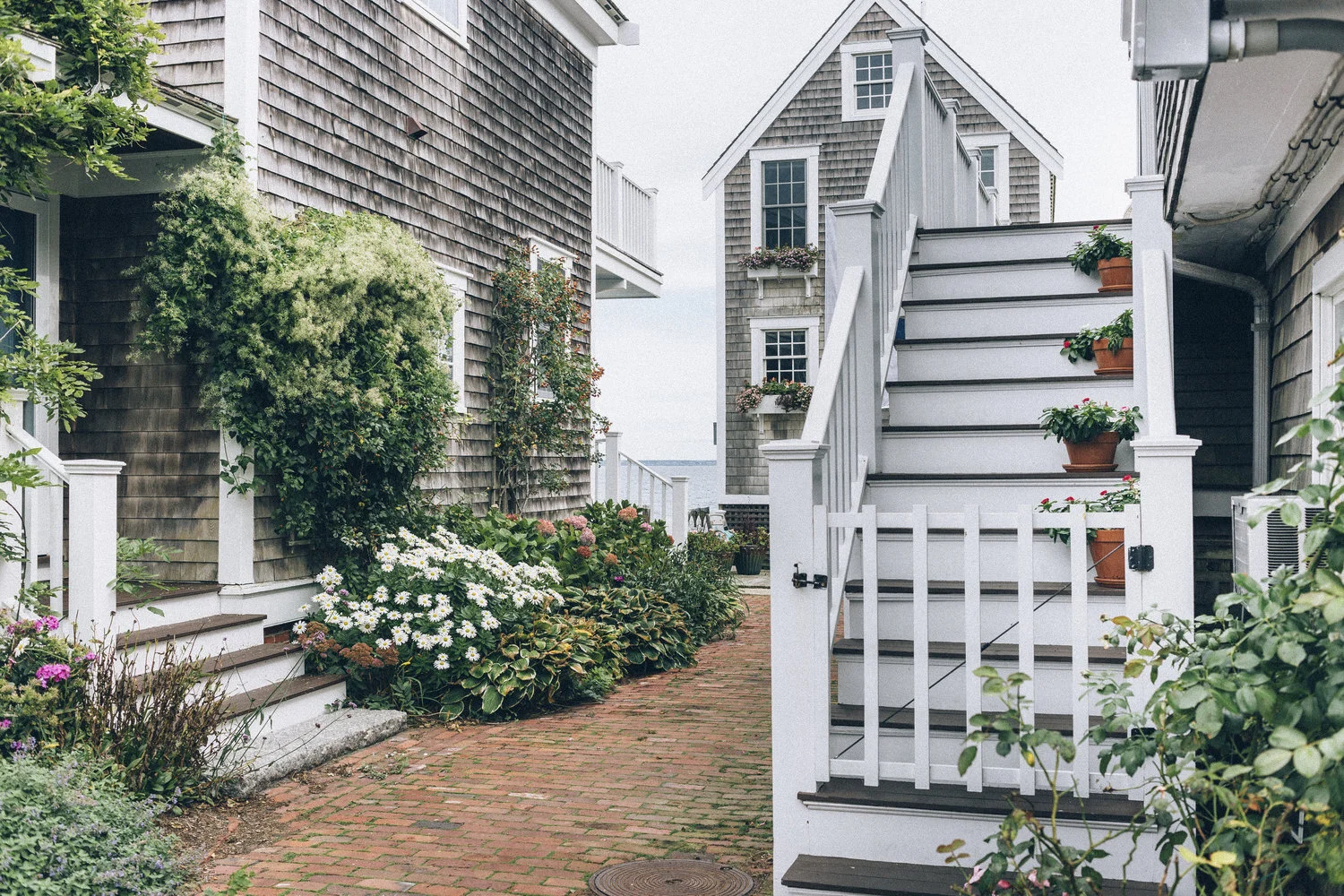
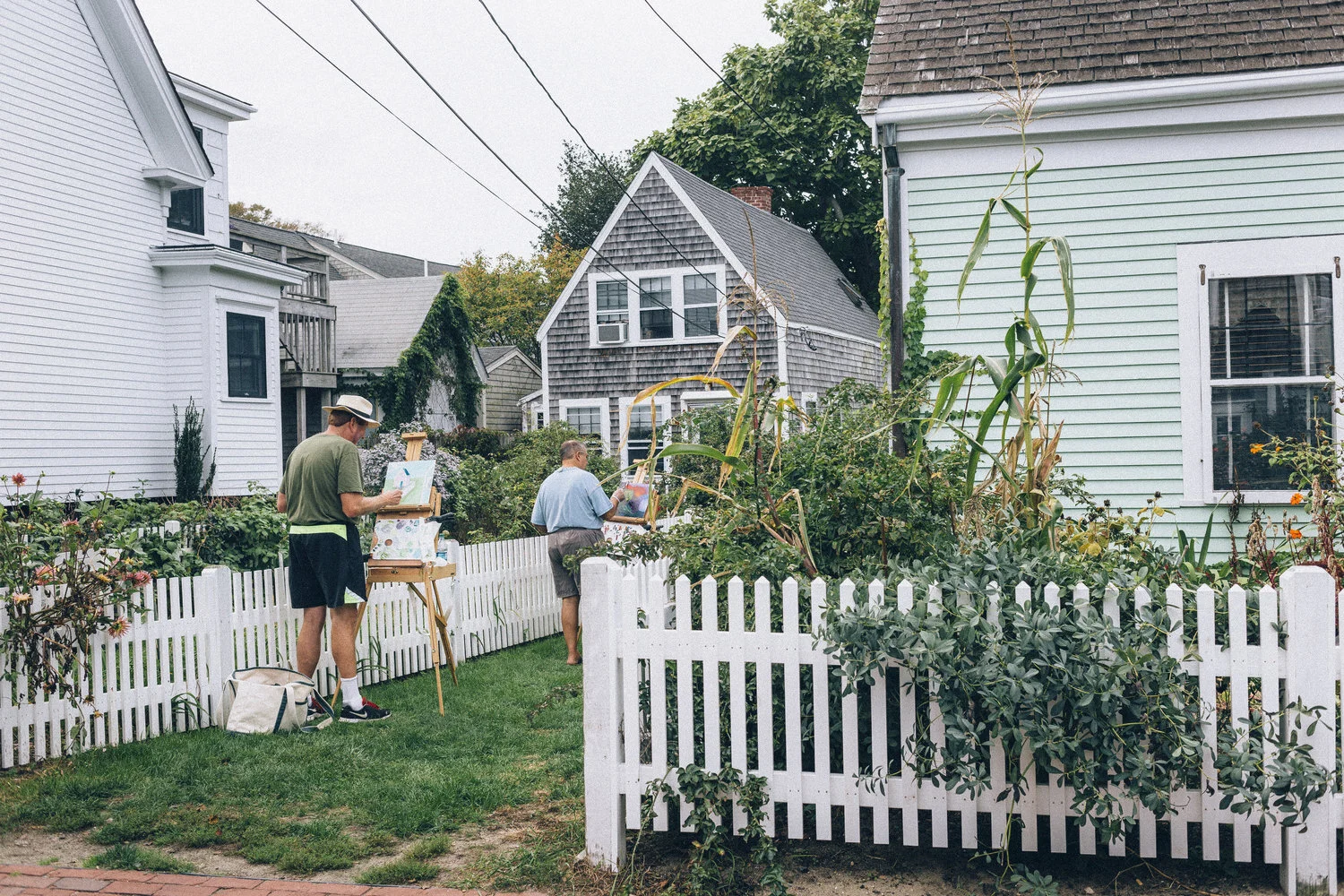
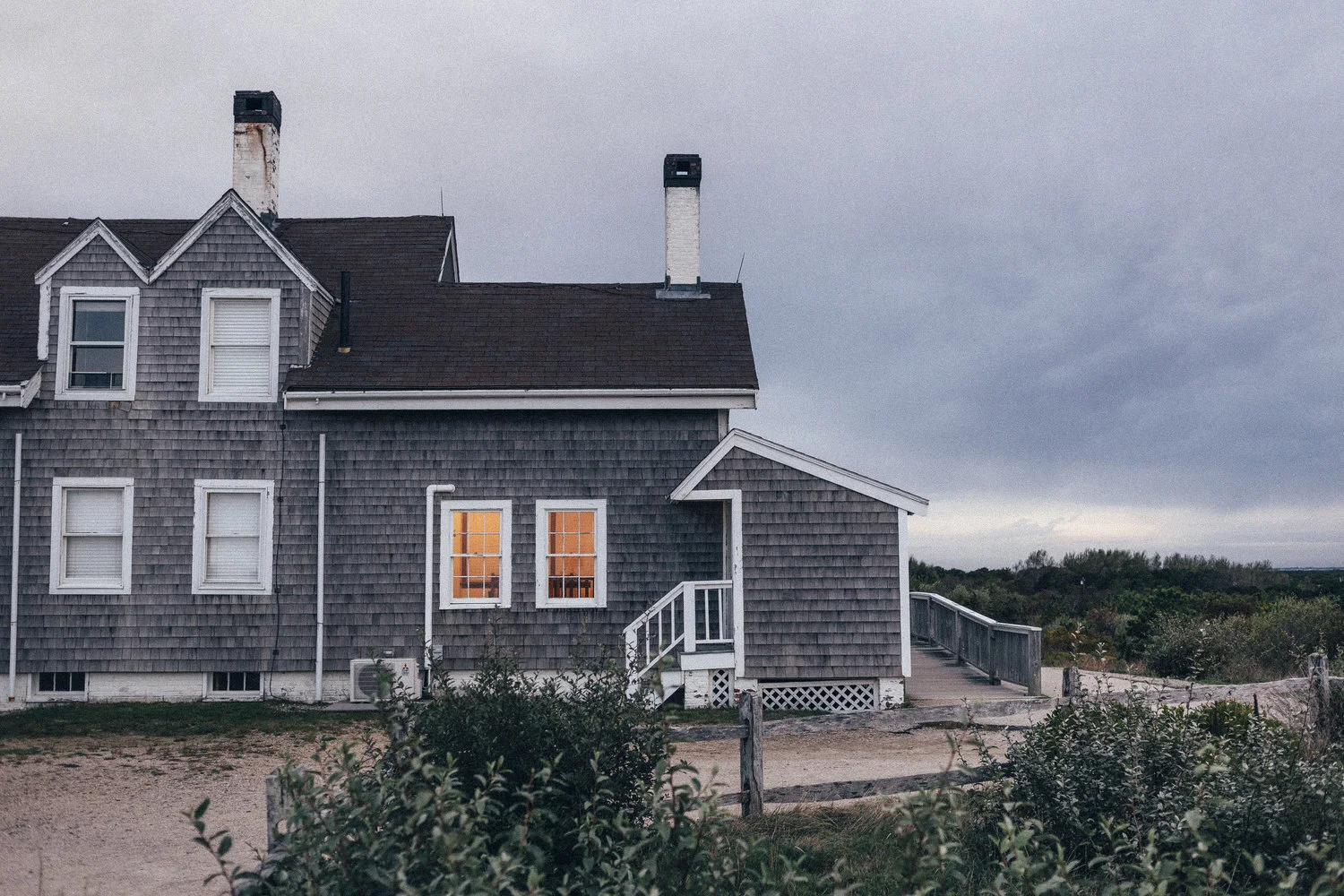
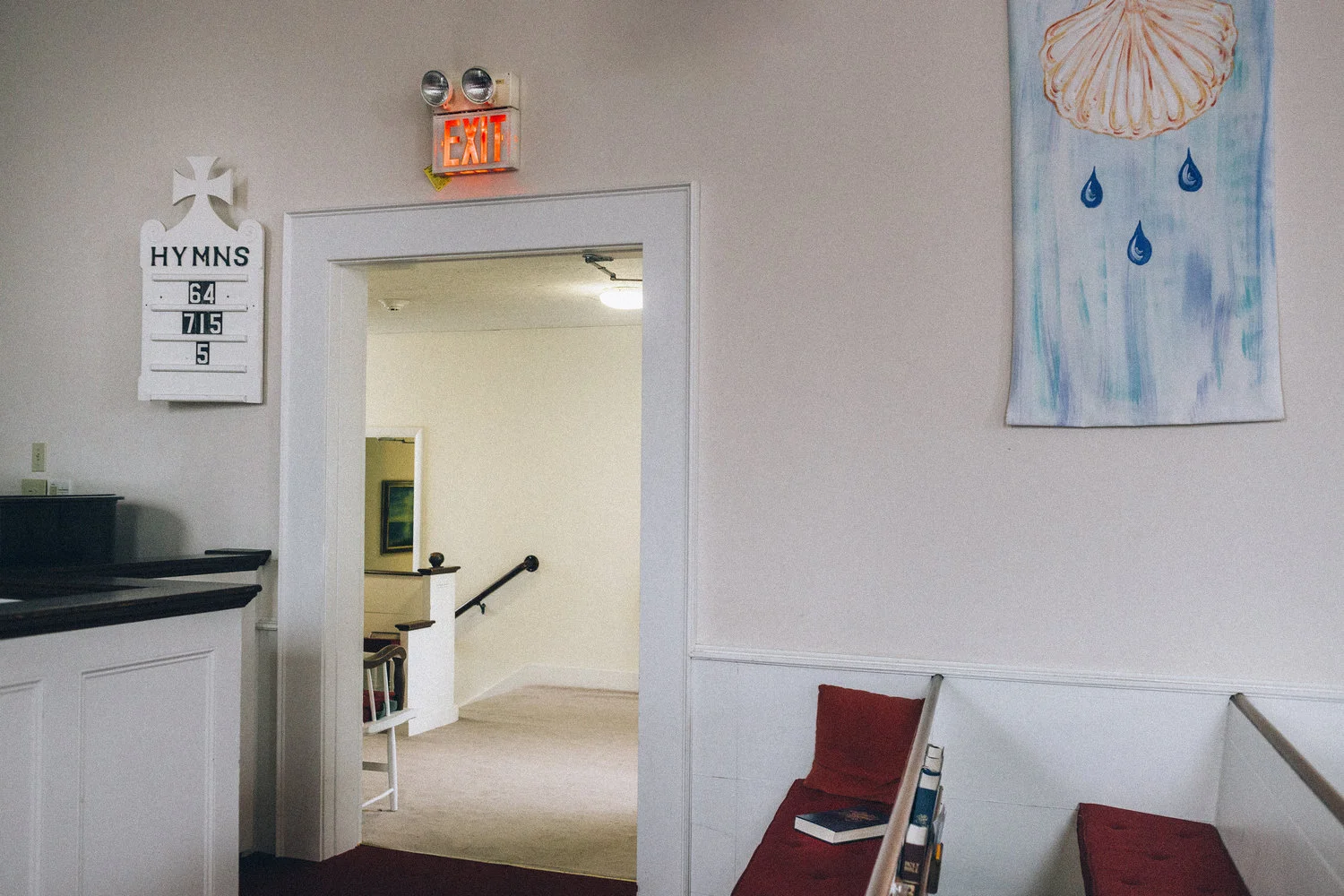
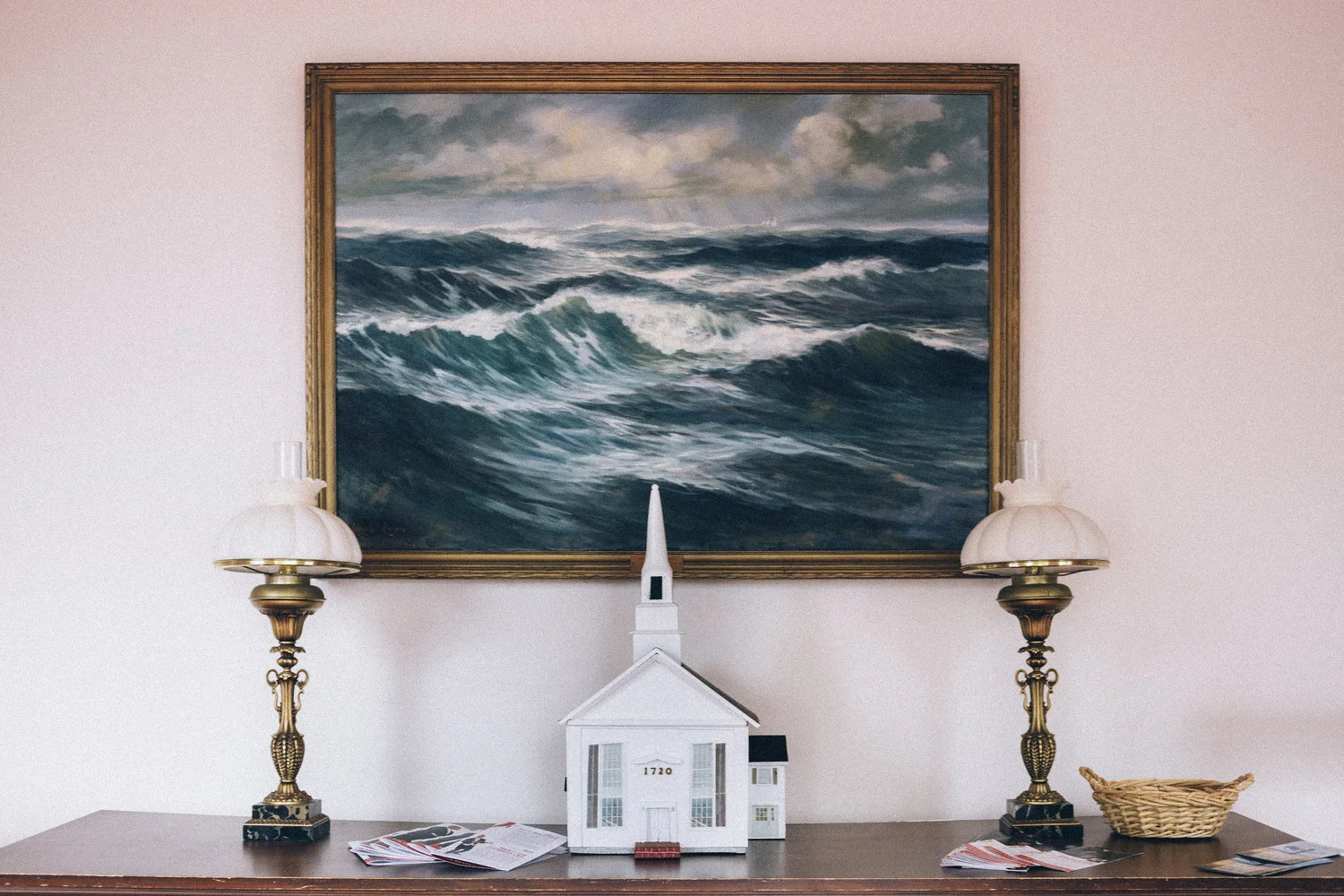
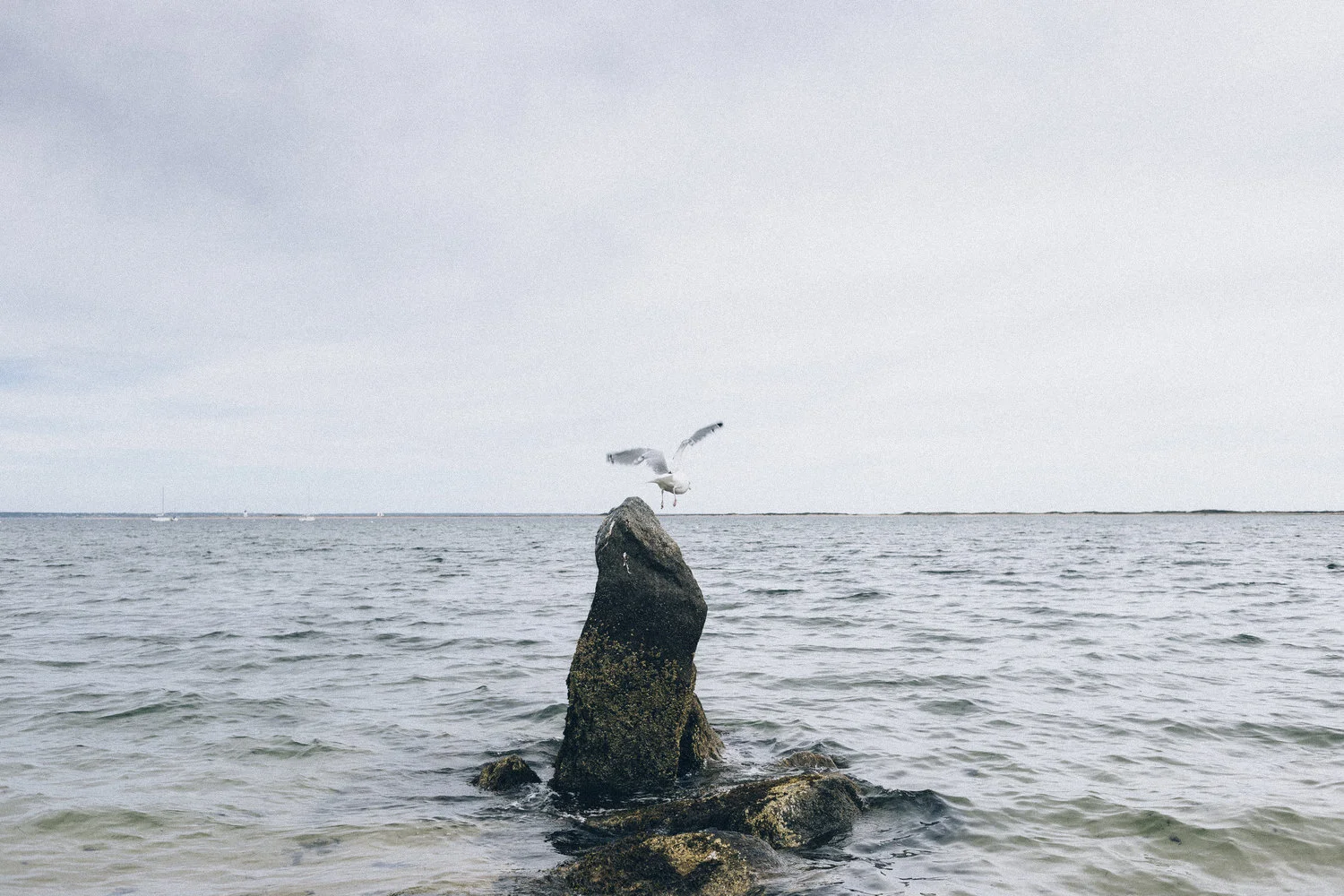

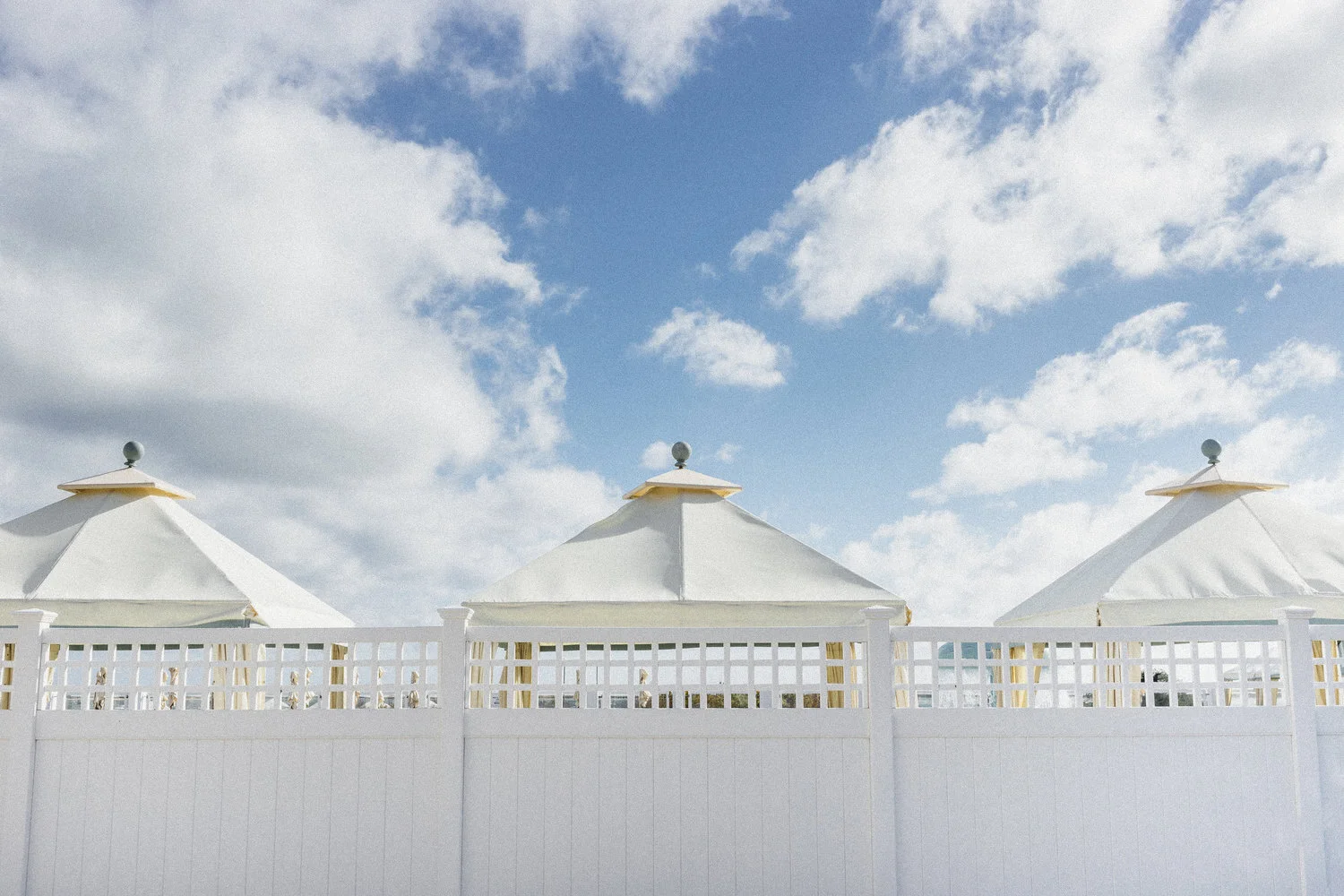
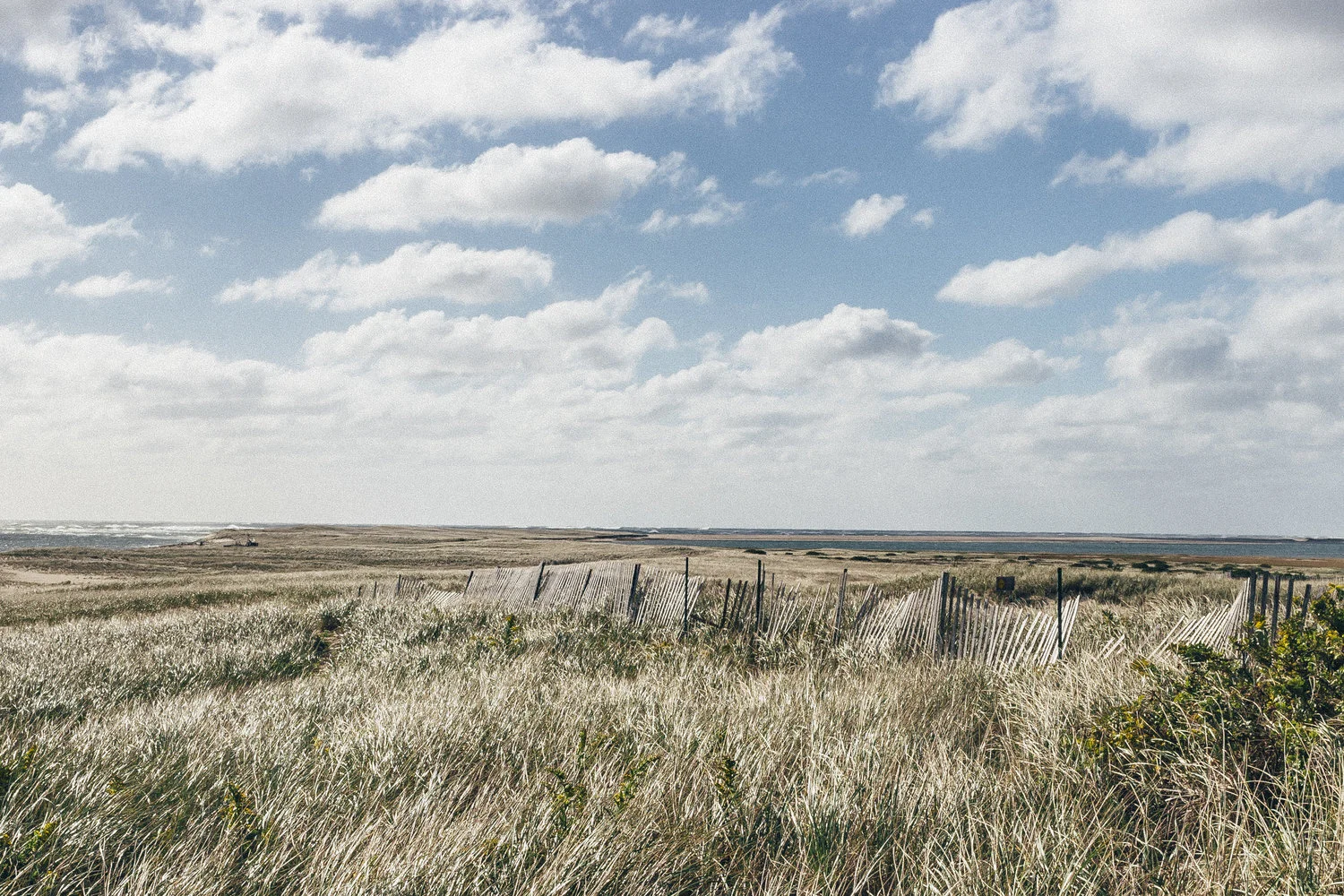
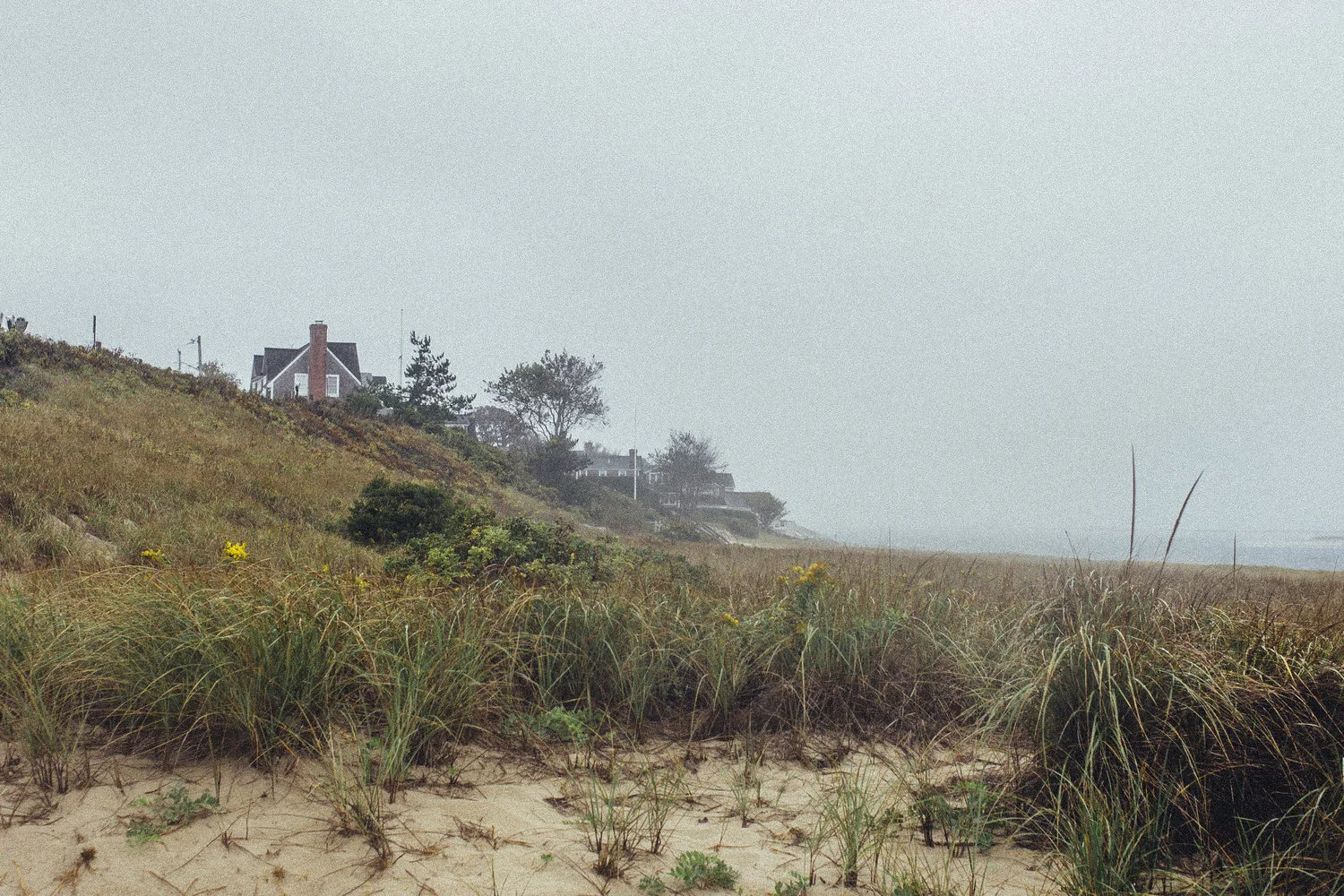
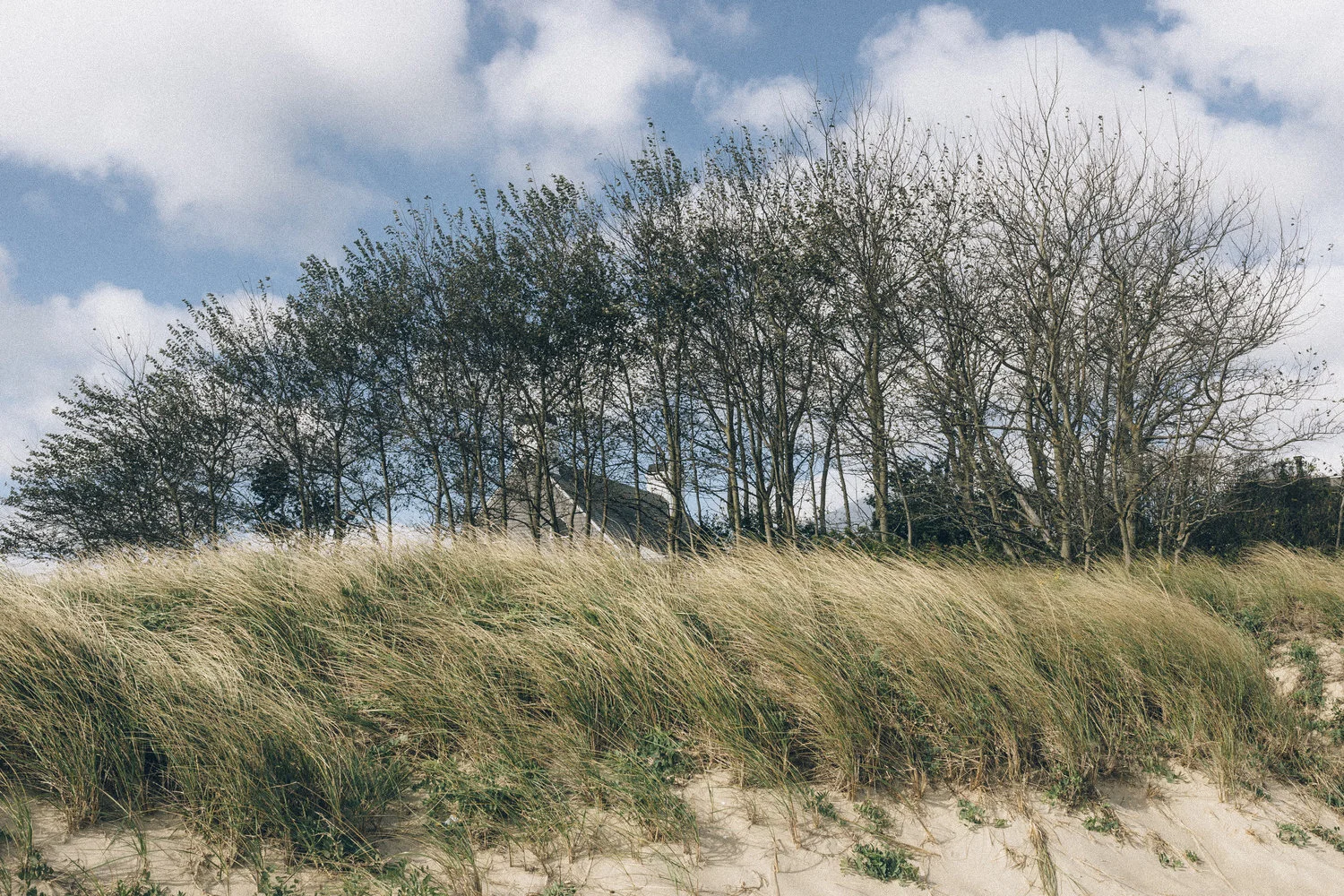
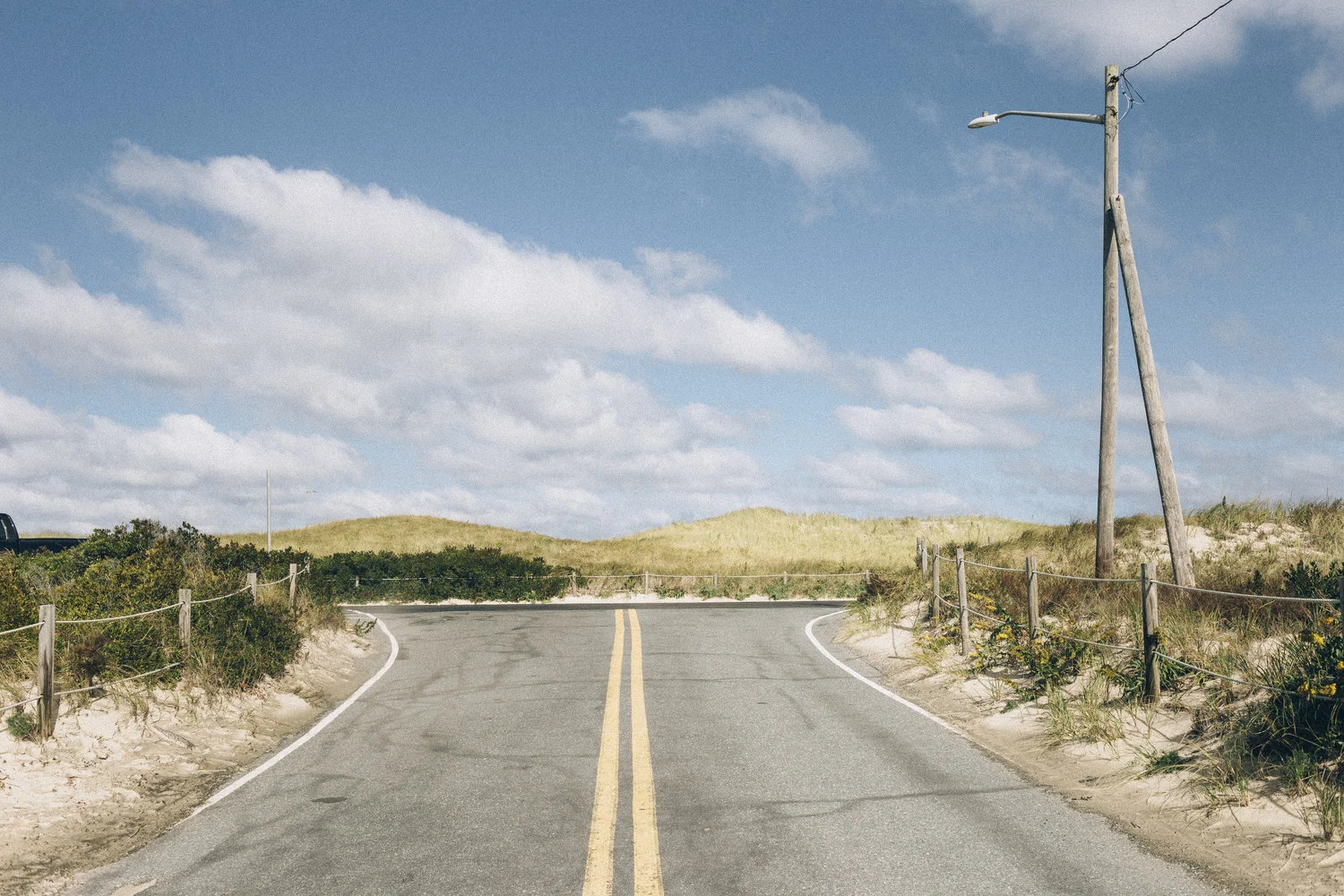
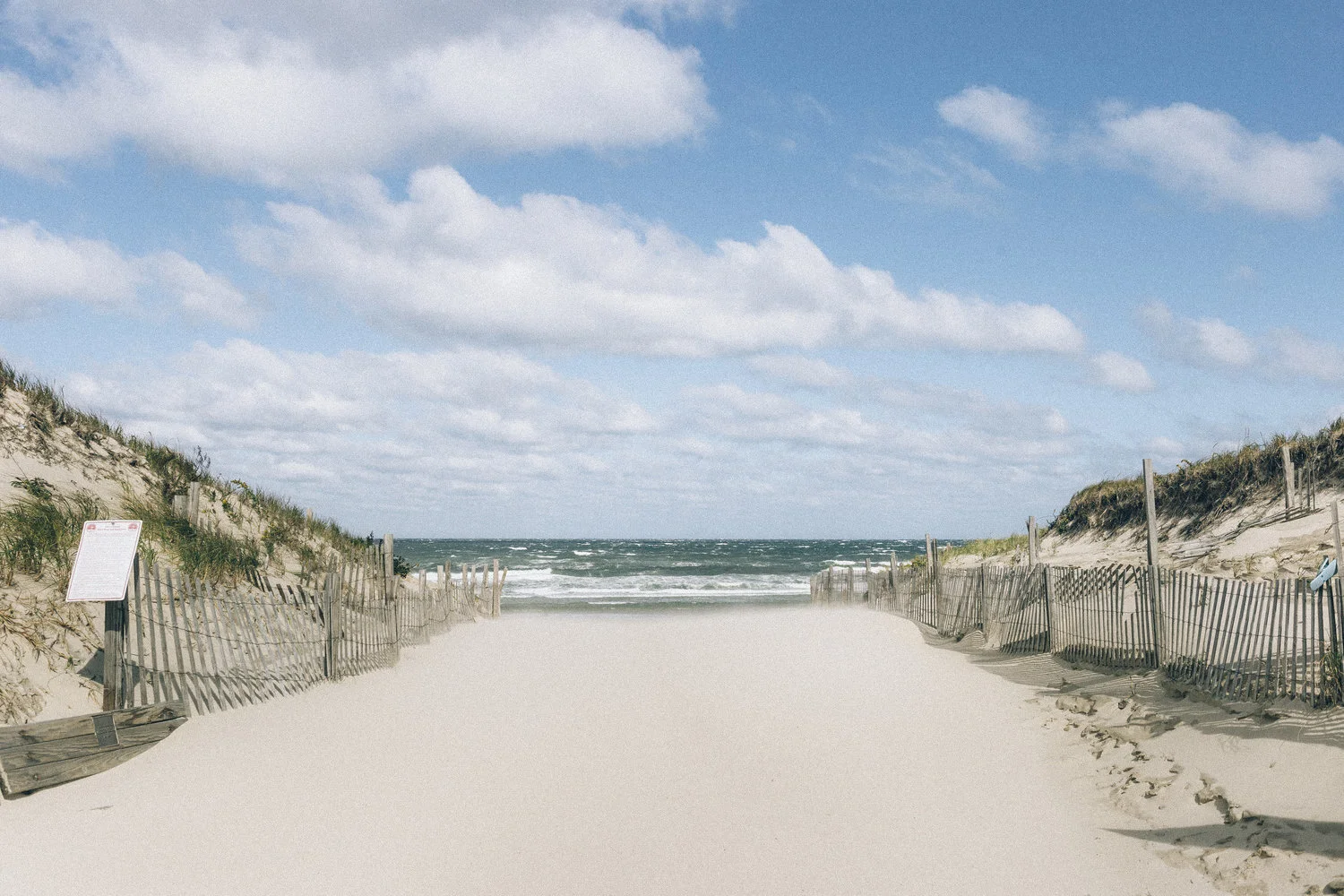
7 days, 1 car, and 10 cities to visit.
This is Morocco.
Levante is a photography Project developped between 2014-2015 in the South East área of Spain. The work was created around the Levante area of the Mediterranean, as well as within areas affected by the Levante Wind, a wind famous for its dryness and its folkloric ability to alter a person´s mental state.
Aside from its ties to specific geography, it became a reason for me to look towards the visual and ask myself questions on how I feel living in this specific region. The work became a part also of my everyday experience here, due mostly to the fact that it was produced via a Smart Phone camera. This process allowed for an easier process of looking outward and inward.
The art critic, Juan Jesús Torres, wrote a text to accompany the project, in the format of an epilogue. I feel as though these words compliment and add another layer to the work, and are as follows:
He thinks of both leaving and returning at the same time, of becoming light at the mercy of a wind that he recognizes, shakes him, and that sometimes controls him. In truth, he never can fully leave. Each time he returns, he comes back to discover a familiar place that he cannot recognize, full of complacency and routine.
The flag needs a pole so that it is not blown away by a gust of wind, so that it is held in position. It stays there, constructed by symbols that seem as though they are constantly fleeting, and colors that are fading. The photographer stands on a windy pier and watches the flag being torn away and remembers that this, this country, stabs him, makes him uncomfortable, crushes his throat, numbs his senses.
He encounters in these depths a country built at the failure of a baroque façade, boosting upward from hypocritical and pious villages. He encounters a country filled with elders, monarchs, clergy, superstition, and spell.
In the south, life arises from the fresh places like the young lady that permits her skirt to fly up with the Levante. The wind forms itself in the corners saved from the divine light from centuries ago, and shines and warms everything that it falls upon. In the south, shadows.
And in the shadows, colors. There in the reds are shades of black, over there, in the whites, creams, and over in that blue, purples. The world becomes nuanced - the calm after the turmoil - the results of a wind that can melt minds.
In the stinging salty flavour of the seaside wind, it seems both whisper and scream at once: Spain hurts me, but who does it not hurt?
Montreal is a city where Canadians feel as foreigners and Europeans at home, an island where sometimes you feel yourself in a North American suburb, other times on a busy New York Avenue, and others in a small town in the north of France. And yes, there are the politics of French-speaking and immigrants, separatists and Anglophones. All these things construct a city made up of reflections of so many places, yet still so unique.
Hi Montreal is a photography series that shows the particularities of this city from pictures selected from my photo diary, a daily practice that I have been doing since my arrival in the city in 2015.
Jondo is a photography series based on the search of the sentiment ¨jondo¨ within contemporary Calé communities that have inherited the Flamenco practice.
Jondo is a word that refers to dark & broken singing, common in pioneer Flamenco singers. This kind of singing narrates the sorrows & miseries in Calé communities´ lives during the origins of Flamenco. It also refers to a way of feeling and understanding the existence beyond the singing itself, sharing a melancholic perspective on life in each of the communities.
Currently, Calé people have been settled in the Andalusia region of Spain for three centuries, and their lifestyle has since changes. They are no longer migrants and don´t necessarily suffer the same scorn from Andalusian natives. They are fully integrated into Spanish society, and so the Flamenco singing and the unique perspective it offers is deemed meaningless today.
This work was completed between 2013 and 2014 in the southernmost Andalusia, the birthplace of Flamenco, in search for the jondo sentiment in current Calé settlements.





















